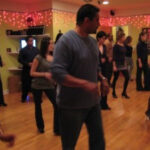What exactly defines a “dance song,” particularly within the vibrant world of club culture? While almost any song can inspire movement, the realm of “Club Dance Songs” signifies something more specific – a rich, evolving culture spanning decades and continuing to shape contemporary music. This exploration delves into the heart of club dance music, tracing its journey from the disco era to today’s diverse electronic landscapes, and highlighting the tracks that have become anthems on dance floors worldwide.
Our journey begins in the mid-1970s, paying homage to the foundational grooves laid down by James Brown, and then immediately immersing ourselves in the explosion of disco. From there, we’ll navigate through the burgeoning club sounds of the early 80s, including electro and Latin freestyle. The narrative takes a pivotal turn as disco reinvents itself into house music in Chicago and techno in Detroit, sparking a rapid evolution into the 90s rave scene. This era spawned a multitude of genres, from jungle and trance to gabba and garage, eventually paving the way for the EDM and dubstep phenomena of the 2000s. These genres, while experiencing moments of mainstream prominence, remain vital, with sounds like drum ‘n’ bass experiencing a resurgence and house music continually innovating.
This exploration isn’t about capturing every nuance within this vast ocean of subgenres. Instead, we focus on tracks that resonate universally, transcending specific scenes to become cornerstones of club culture. We pay particular attention to the intersections where dance music merges with broader musical landscapes – synth-pop, hip-hop, funk, Miami bass, R&B, indie-rock, Latin, and pop. This is why you’ll find artists as diverse as Prince, Robyn, Britney Spears, and Shakira alongside pioneers like Frankie Knuckles, Moodymann, and SOPHIE within the tapestry of club dance music.
If you’ve ever wondered how we arrived at a musical landscape where artists like Drake and Beyoncé are embracing house music, this is part of that story – our curated perspective on the essential club dance songs that have shaped the soundscape of nightlife and musical innovation.
Donna Summer, ‘Last Dance’ (1979)
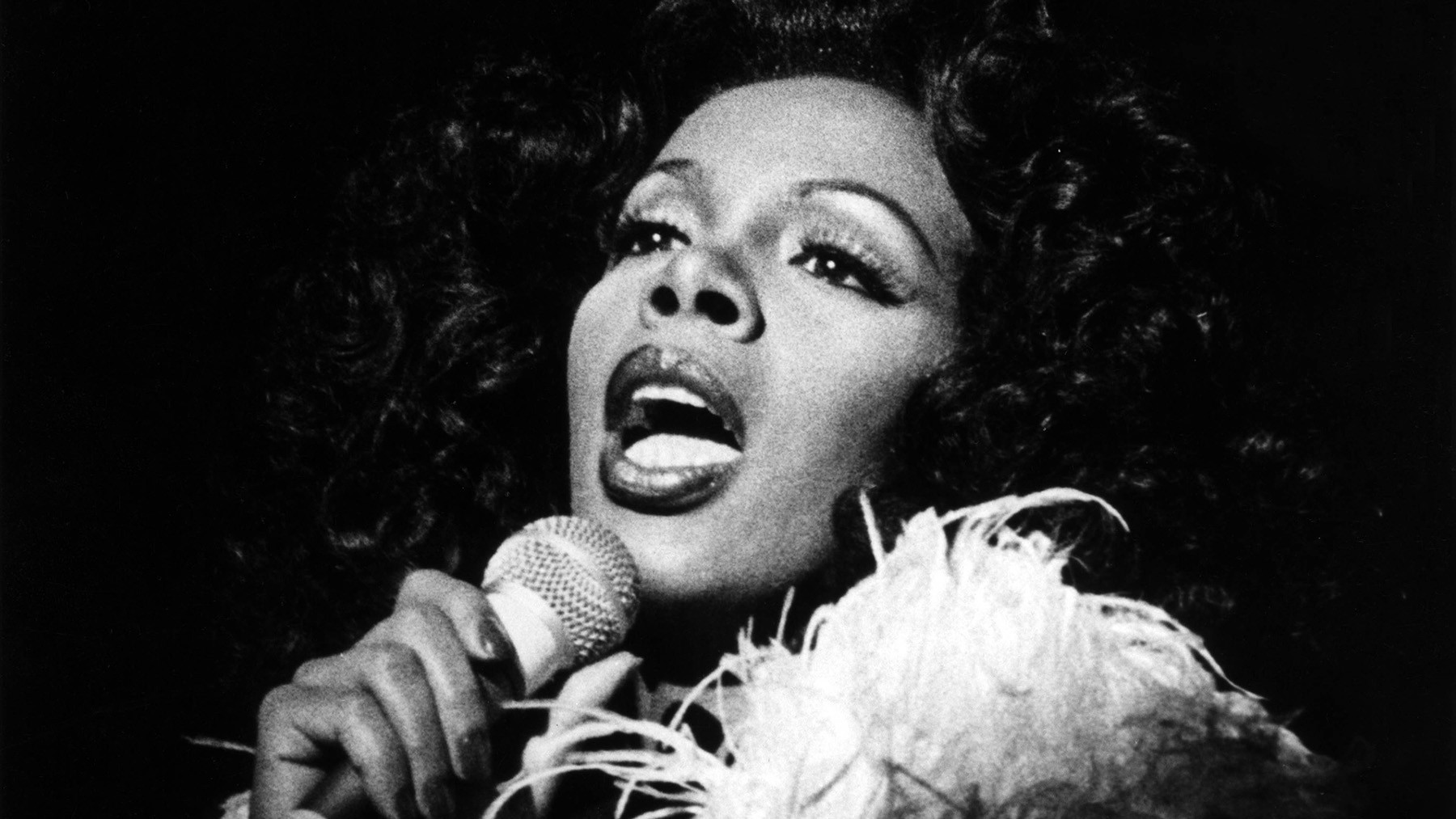 Donna Summer performing in Thank God It's Friday, highlighting her role in disco and club culture.
Donna Summer performing in Thank God It's Friday, highlighting her role in disco and club culture.
While the film Thank God It’s Friday might be seen as a commercial venture for Casablanca Records and a potential sign of disco’s overexposure, “Last Dance” stands on its own merit. Awarded an Oscar for Best Original Song, it’s a masterpiece of tempo manipulation. Beginning at a ballad’s pace, it gradually builds into an electrifying disco anthem, perfectly engineered for the dance floor. The genius behind this track is Casablanca’s producer Bob Esty, who masterfully conceived the song’s dynamic tempo shift, making it a staple in clubs and a high point of the disco era. —M.M.
Fatboy Slim, ‘The Rockafeller Skank’ (1998)
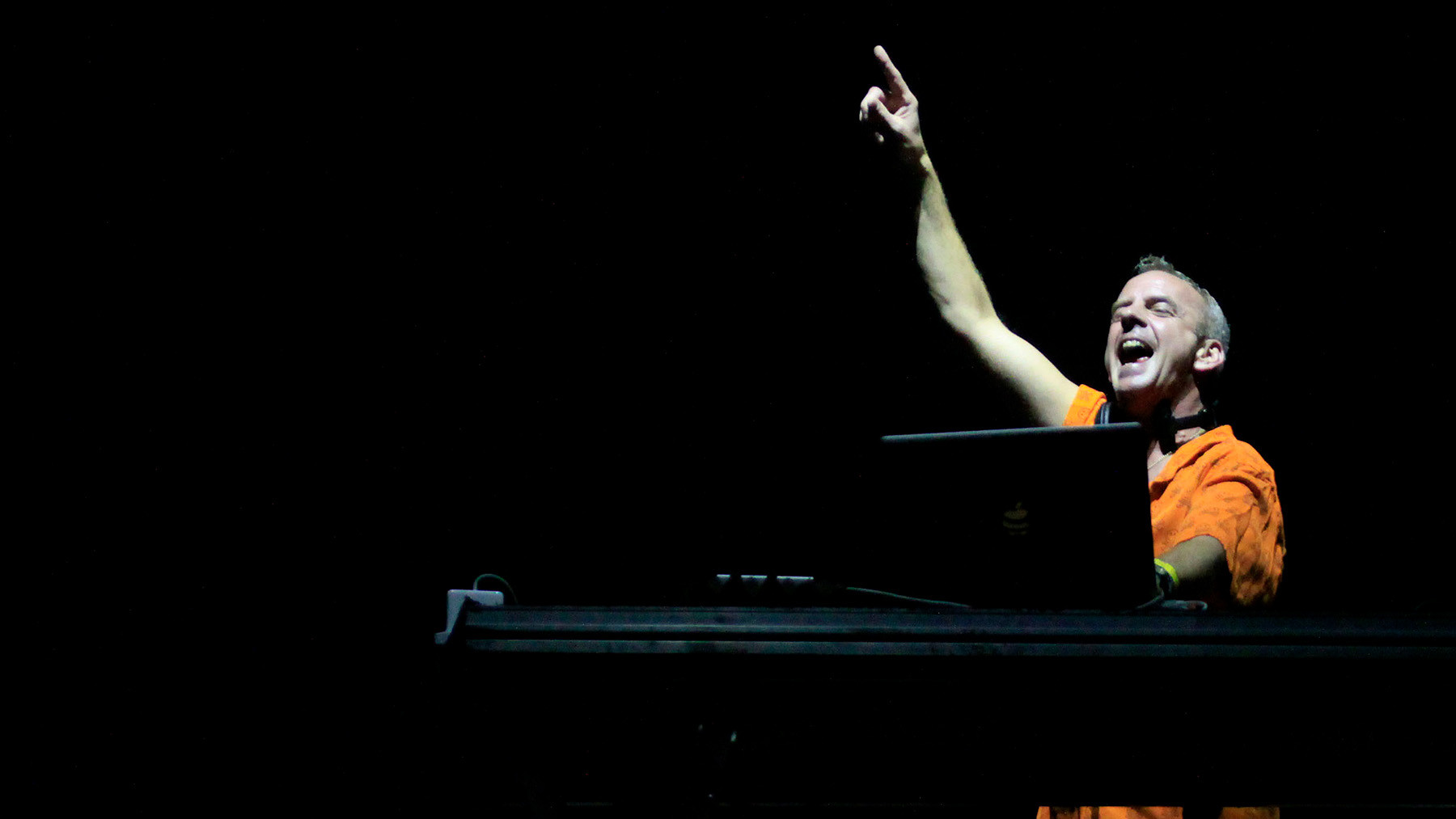 Fatboy Slim performing at Pop Music Festival in Brazil, illustrating his global impact on club music.
Fatboy Slim performing at Pop Music Festival in Brazil, illustrating his global impact on club music.
“It’s funny,” Norman Cook, known as Fatboy Slim, remarked about his hit, “The Rockafeller Skank.” Its immediate impact was evident from its first play at the Boutique in Brighton. Cook’s signature formula of breakbeats and guitar riffs was at its peak here. With its catchy surf-rock guitar riff and the iconic Lord Finesse vocal sample (“Right about now, the funk soul brother/Check it out now, the funk soul brother”), “Skank” quickly became ubiquitous in clubs and beyond. Despite the playful “Frat-Boy Slim” nickname, Cook acknowledged “Rockafeller Skank” as an anthem for a carefree, beer-loving crowd, solidifying its place as a fun, energetic club classic. —M.M.
Mescalinum United, ‘We Have Arrived’ (1991)
Gabber, often described as techno’s heavy metal equivalent, finds its roots in the Netherlands, where the genre has a dedicated following. However, its primary innovator is Marc Acardipane, known under approximately 90 aliases. His seminal track, “We Have Arrived,” credited to Mescalinum United, remains powerfully impactful. Constructed from relentless drums and piercing air-raid sirens, it set the foundation for gabber music. In Brooklyn raves, where DJ Lenny Dee introduced the track to American audiences, it incited mosh pits, showcasing its raw energy and its appeal in underground club scenes. —M.M.
Oliver Heldens, ‘Melody’ (2016)
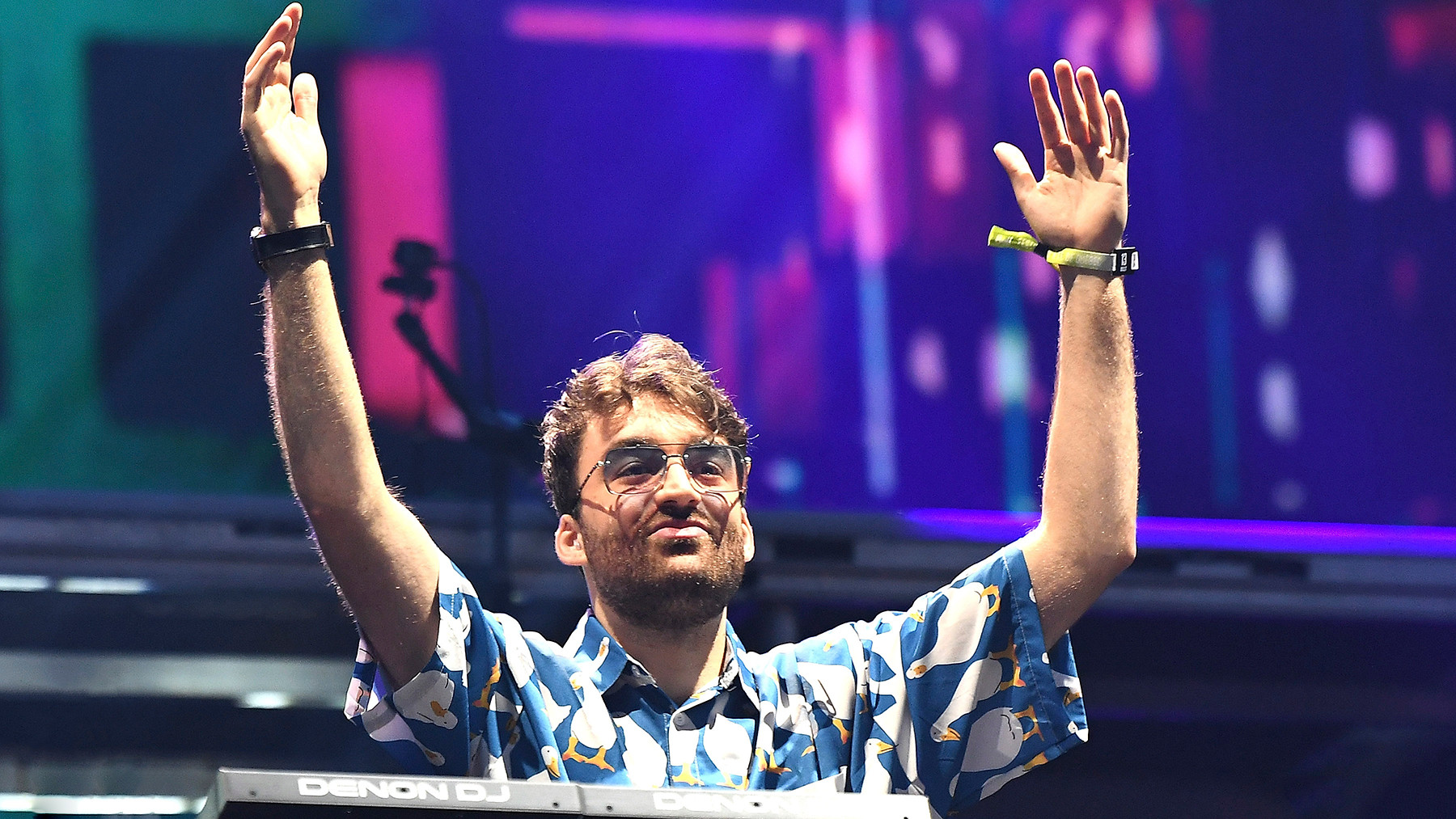 Oliver Heldens DJing, representing the evolution of EDM and festival club sounds.
Oliver Heldens DJing, representing the evolution of EDM and festival club sounds.
By the mid-2010s, a shift was occurring in mainstream dance music. Even DJs headlining festivals were moving away from predictable build-and-drop structures. Oliver Heldens’ “Melody” became a key track signaling this change. Released when Heldens was just 18, the track featured dramatic string arrangements and an uplifting piano melody, showcasing a more refined approach to dance music. While maintaining a strong bassline suitable for clubs, “Melody” introduced a lighter, more classic sensibility to contemporary club sounds. —M.M.
Kerri Chandler, ‘Rain’ (1998)
New Jersey house producer Kerri Chandler’s influence extends beyond his soulful tracks. His introspective approach resonates deeply with DJs and producers alike. “I never considered myself a singer,” Chandler stated, identifying more as a “vocalist” expressing his life through music. In “Rain,” Chandler’s vocal delivery, punctuated by the recurring title word (“Never knew you could be this way — rain”), evokes poignant emotion. Yet, the music itself is more playful than melancholic, particularly with its distinctive xylophone solo, making it a unique and emotionally resonant track in the house music club scene. —M.M.
Detroit Grand Pubahs, ‘Sandwiches’ (2000)
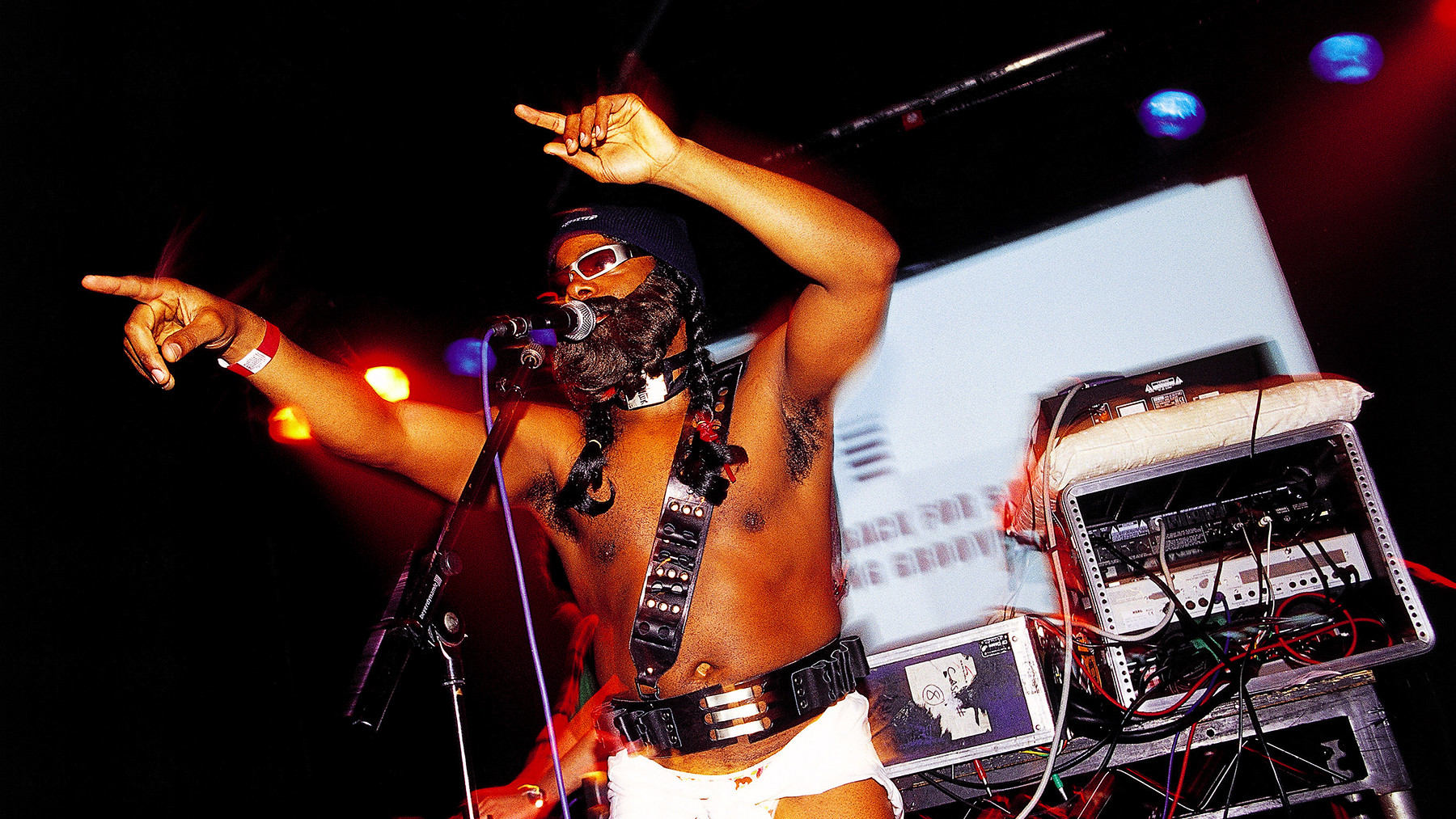 Paris the Black Fu of Detroit Grand Pubahs performing in London, highlighting the electro sound in club settings.
Paris the Black Fu of Detroit Grand Pubahs performing in London, highlighting the electro sound in club settings.
Andy Toth and Mack Goudy, known as Dr. Toefinger and Paris the Black Fu respectively, formed Detroit Grand Pubahs after meeting at a restaurant in Royal Oak, Michigan. Their shared love for whiskey and music sparked their collaboration. One night, Toth created a dynamic electro track, prompting Paris to spontaneously improvise lyrics about a risqué dance floor encounter. This impromptu creation, “Sandwiches,” became an unexpected hit in clubs worldwide. It captured the playful and edgy spirit of Detroit’s electro revival at the turn of the century, becoming a defining track of that era’s club scene. —M.M.
Black Box, ‘Everybody Everybody’ (1990)
The story behind “Everybody Everybody” is a complex one. Martha Wash of the Weather Girls was hired to record demos for Italian house producers Groove Groove Melody with the understanding that her vocals were for demonstration purposes. However, the tracks were released under the name Black Box, using Wash’s uncredited vocals and featuring a model lip-syncing in music videos. Despite the controversy and subsequent lawsuit won by Wash, “Everybody Everybody” became a massive club hit. Daniele Davoli of Black Box later expressed regret, acknowledging their mistake and highlighting a learning curve in the music industry. Regardless, the song became a defining sound of 90s club culture. —M.M.
Big Freedia, ‘Azz Everywhere’ (2010)
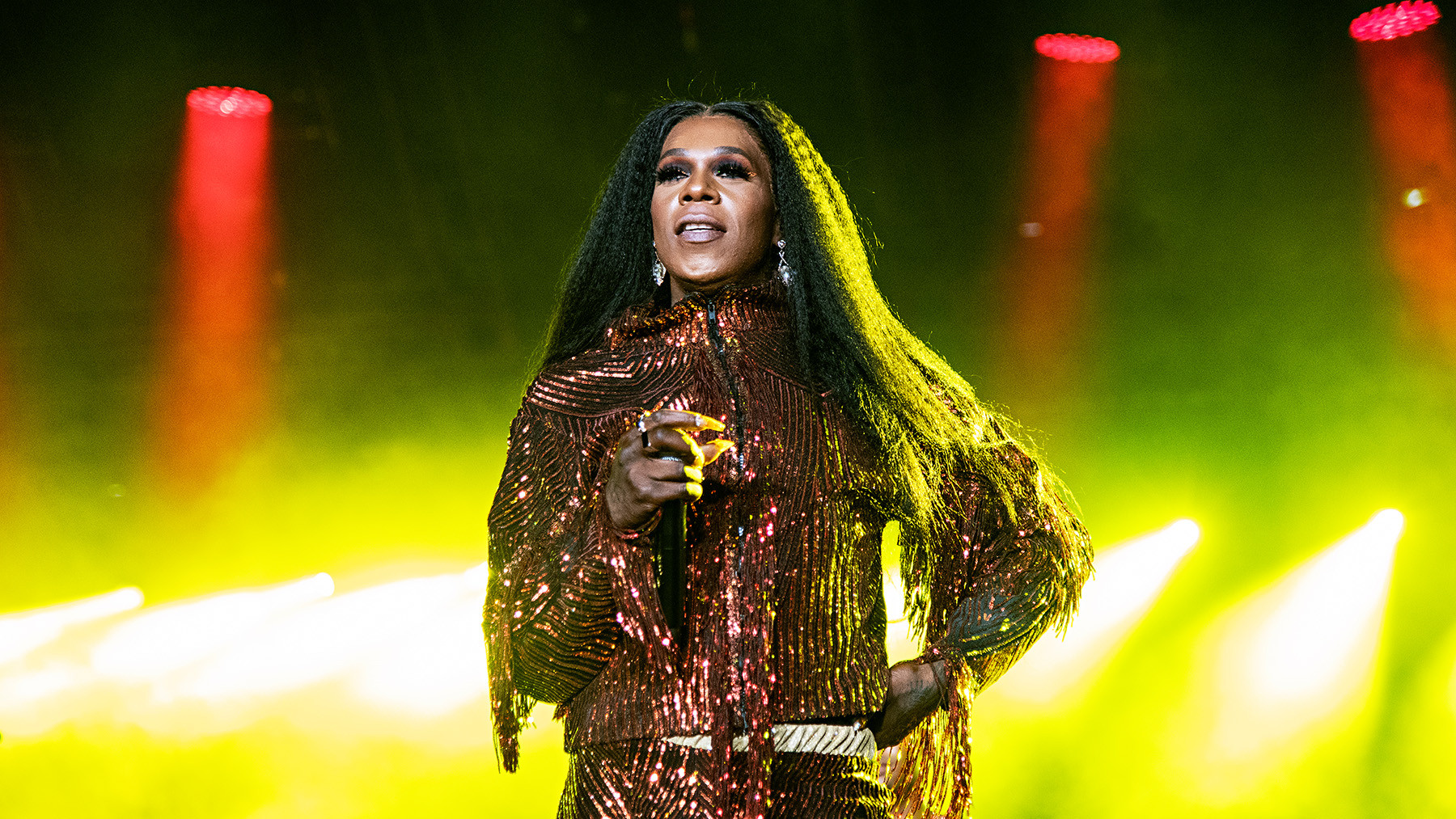 Big Freedia performing at Essence Festival, showcasing the energy of bounce music in live club settings.
Big Freedia performing at Essence Festival, showcasing the energy of bounce music in live club settings.
Big Freedia has been instrumental in popularizing bounce music, a high-energy club sound originating from New Orleans. “I’ve run across half the globe now, spreading the goodness of bounce,” Freedia shared, aiming to introduce this energetic genre to a wider audience. “Azz Everywhere” became the breakout track, characterized by its frenetic snares, diverse samples, and the chanted title. Known for its fast tempo, heavy bass, and call-and-response structure, bounce music is intrinsically linked to twerking, and “Azz Everywhere” became synonymous with the genre’s infectious and dance-focused energy in clubs. —M.M.
Joy Orbison, ‘Hyph Mngo’ (2009)
In the late 2000s, dubstep was evolving rapidly, leading to a wave of experimental tracks. Joy Orbison’s debut, “Hyph Mngo,” emerged as a standout dubstep track in 2009, capturing the scene’s innovative spirit. Its smooth bassline and plastic-sounding synths created a fluid sonic landscape, while the dynamic snare drum and fragmented vocal samples – a woman’s voice uttering “Ooh!” and “I do” – added an emotional depth unusual for dubstep. This blend of innovation and emotion propelled “Hyph Mngo” into the mainstream, marking it as a pivotal track in dubstep’s crossover appeal for club audiences. —M.M.
ESG, ‘Moody’ (1981)
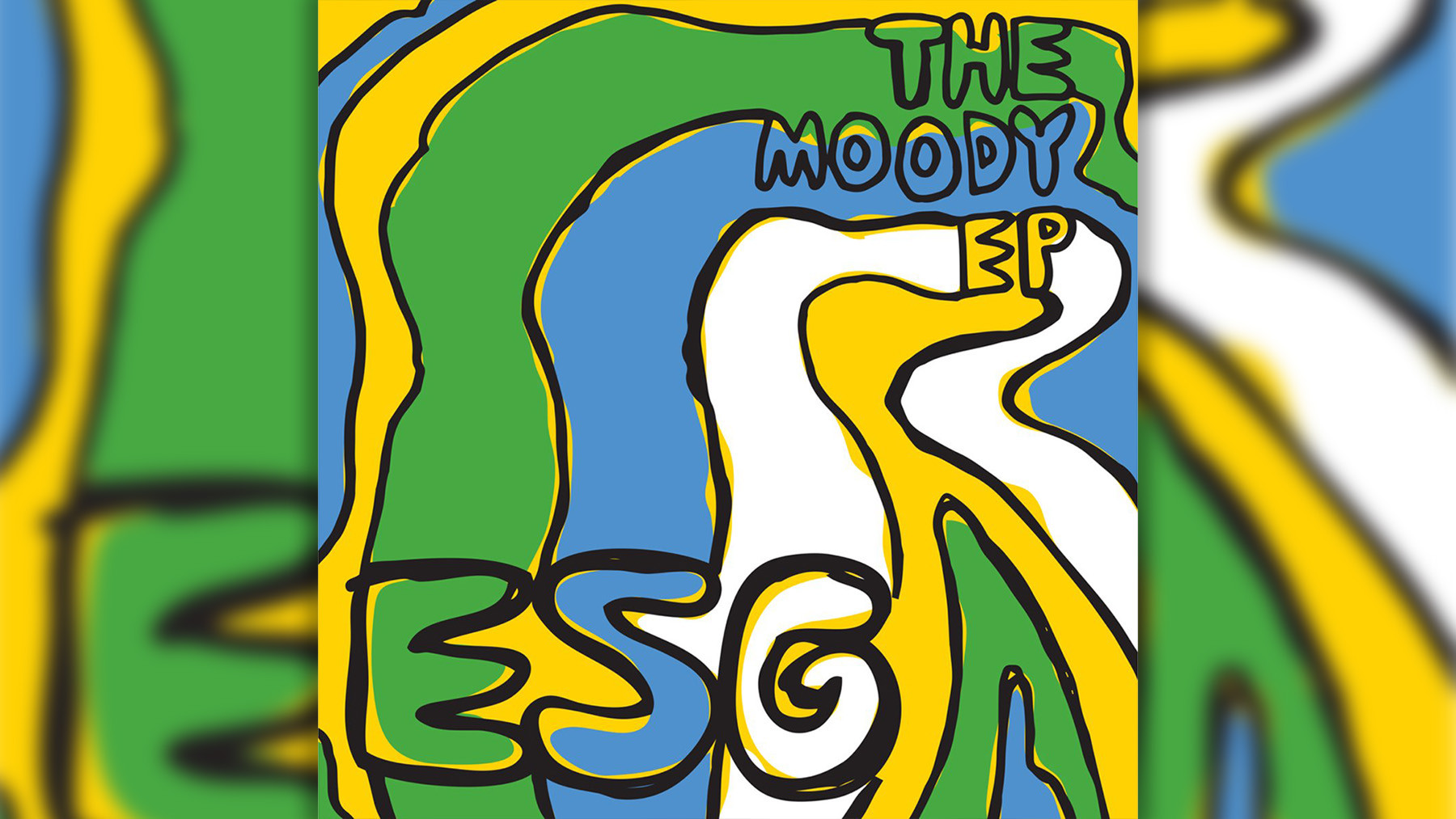 ESG performing live, highlighting their influence on New York's post-punk and dance scenes.
ESG performing live, highlighting their influence on New York's post-punk and dance scenes.
The Scroggins sisters, forming ESG in the late 1970s in the South Bronx, left a lasting impact on New York dance music. While their sound was rooted in funk and disco, their minimalist approach and emphasis on percussion resonated with post-punk and no-wave club scenes. Their debut EP, produced by Joy Division’s Martin Hannett, further solidified their appeal in these circles. “Moody,” the EP’s centerpiece, remains strikingly modern. Its combination of a deep bassline, bongo rhythms, and Renee Scroggins’ ethereal vocals created a sound that was both sparse and intensely groovy, defining a unique space in early 80s club music. —C.S.
La Roux, ‘In for the Kill (Skream’s Let’s Get Ravey Remix)’ (2009)
 La Roux performing live, showing the synth-pop origins and remix culture in club music.
La Roux performing live, showing the synth-pop origins and remix culture in club music.
Artists sometimes have mixed feelings about remixes, but La Roux’s Elly Jackson held Skream’s remix of “In for the Kill” in high regard. She credited Skream for not just capturing the essence of her synth-pop single but for enhancing its original meaning. Skream’s remix stripped away the original’s pop beat and Kanye West’s rap verse, building intense atmosphere with flattened synths before unleashing drum-and-bass breaks. Jackson felt Skream’s version was bolder than her original vision, taking it beyond typical pop conventions and making it a powerful, rave-inspired club track. —M.M.
Double 99, ‘RIP Groove’ (1997)
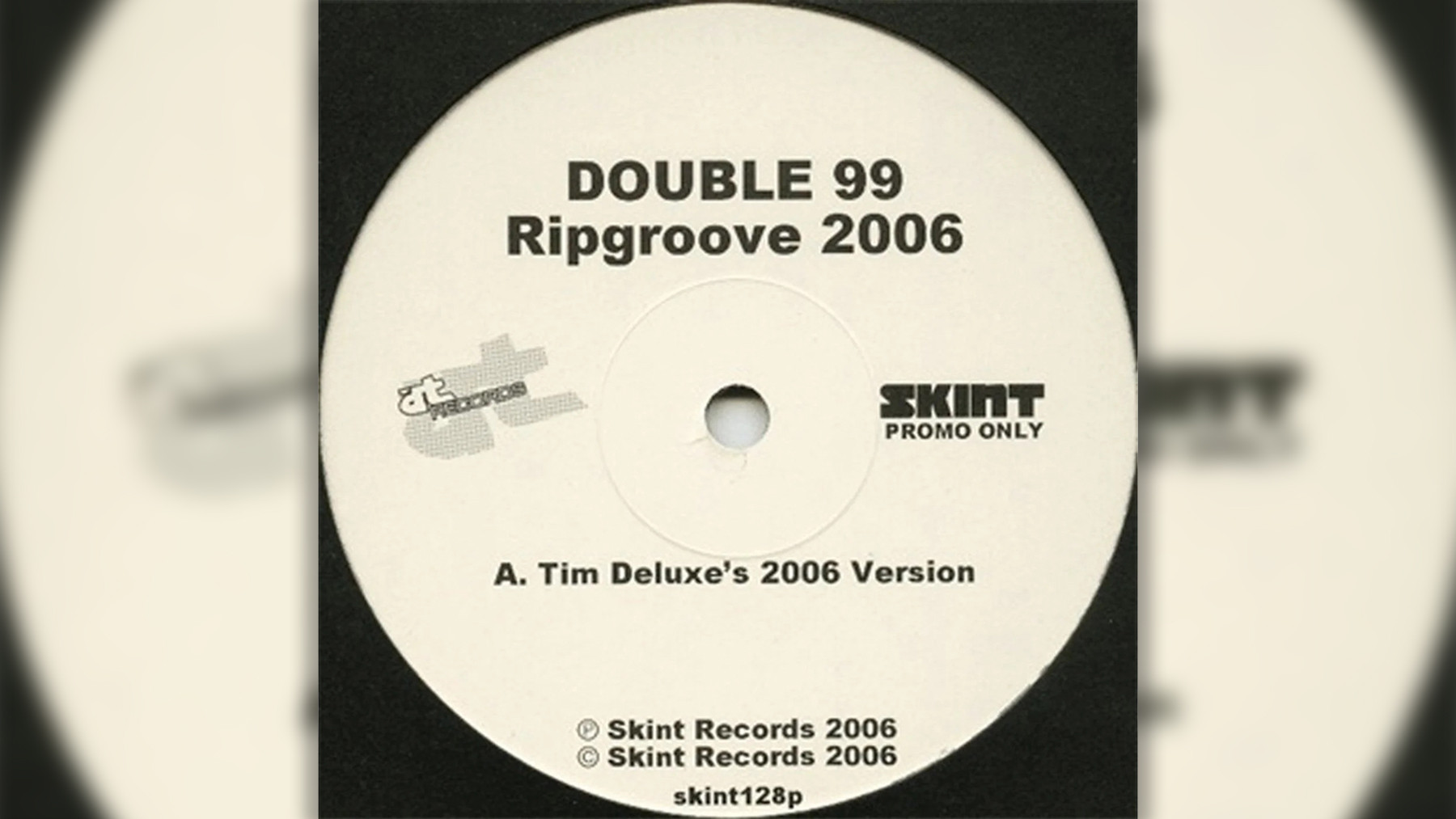 Double 99 performing, representing UK garage's breakthrough into mainstream club culture.
Double 99 performing, representing UK garage's breakthrough into mainstream club culture.
London producers Tim Deluxe and DJ Omar, initially known as RIP, rebranded as Double 99 to mark a double-pack vinyl EP release. “RIP Groove,” a tribute to their former name, was conceived somewhat spontaneously. Built from samples of Armand Van Helden’s remix of CJ Bolland’s “Sugar Is Sweeter” and elements from Kenny Dope and singer Tina Moore, it took only three hours to produce. This track became a massive hit in 1997, propelling UK garage (then termed “speed garage”) into the pop charts and establishing a new sound in club music. —M.M.
Snap!, ‘The Power’ (1990)
“The Power” exemplifies a classic dance music archetype. German producers sampled American rapper Chill Rob G and R&B vocalist Jocelyn Brown to create a club hit. It was then picked up by Arista Records and re-recorded with Turbo B, an American G.I. based in Germany. Subsequently, the original rapper Chill Rob G re-recorded his version as Power Jam feat. Chill Rob G. Both versions became club hits, but Snap!’s “The Power” had broader influence. Michael Muenzing of Snap! noted its blueprint became widespread Europop formula: “rapping, singing the chorus, and going back to the rap,” shaping the sound of 90s club and pop music. —M.M.
DJ Frosty feat. Fatman Scoop, DJ Webstar, Young B. & Smooth, ‘Ride That Wave (Remix)’ (2010)
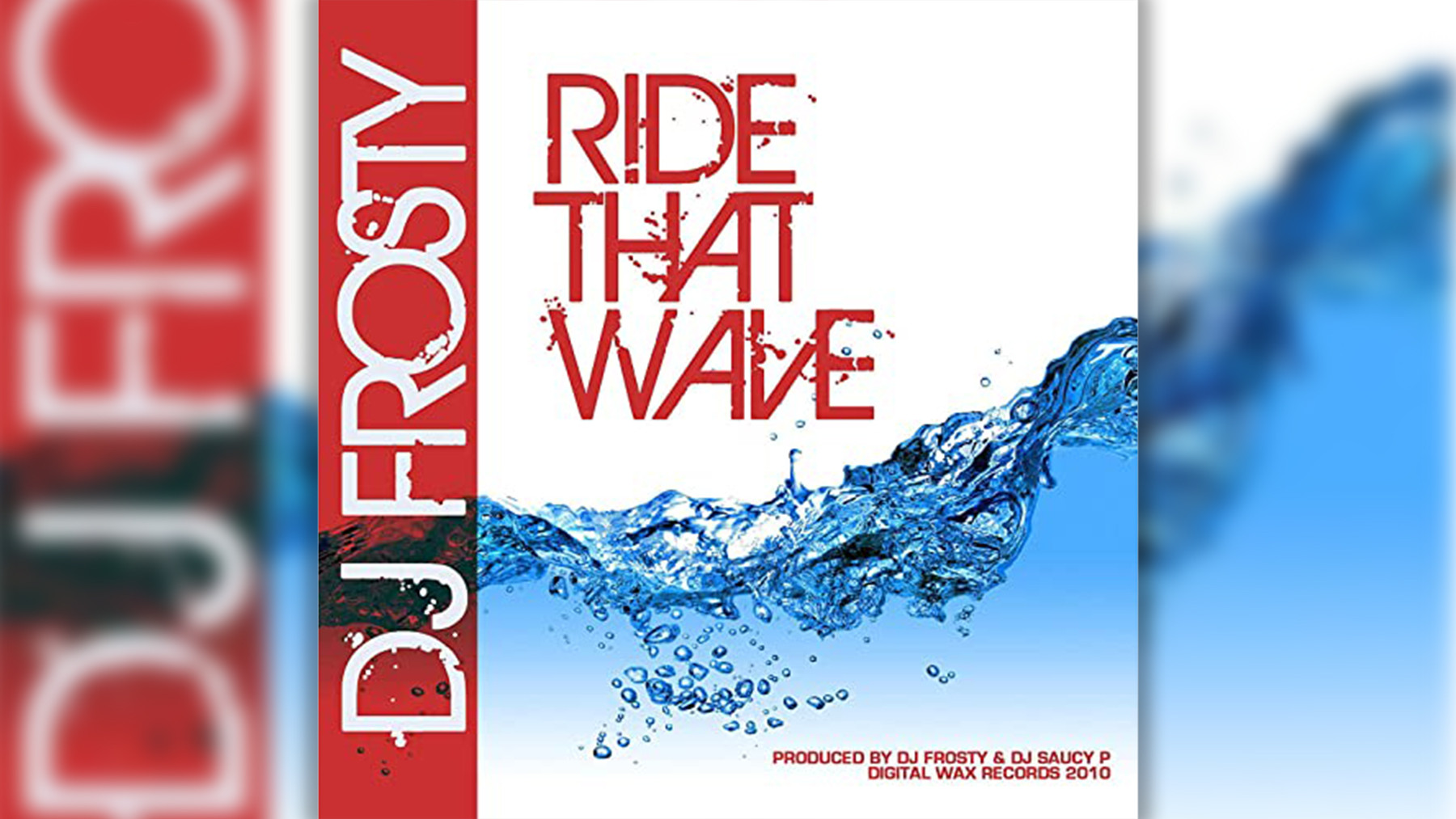 DJ Frosty performing, representing Jersey club and its influence on global EDM and club sounds.
DJ Frosty performing, representing Jersey club and its influence on global EDM and club sounds.
Jersey club, originating in Newark, New Jersey (initially called Brick City club), is characterized by its syncopated rhythms, clipped vocal samples, and energetic yet non-violent feel, similar to a blend of classic hip-house. DJ Frosty’s “Ride That Wave” perfectly embodies these elements. This incredibly catchy, chant-driven track emerged just as Jersey club began gaining traction with EDM producers globally. This cross-pollination eventually led to Jersey club’s influence reaching mainstream artists like Drake. The remix featured figures like Fatman Scoop, known for his influential hip-hop cut-ups, bridging different eras of club music innovation. —J.D.
Todd Terje, “Inspector Norse” (2012)
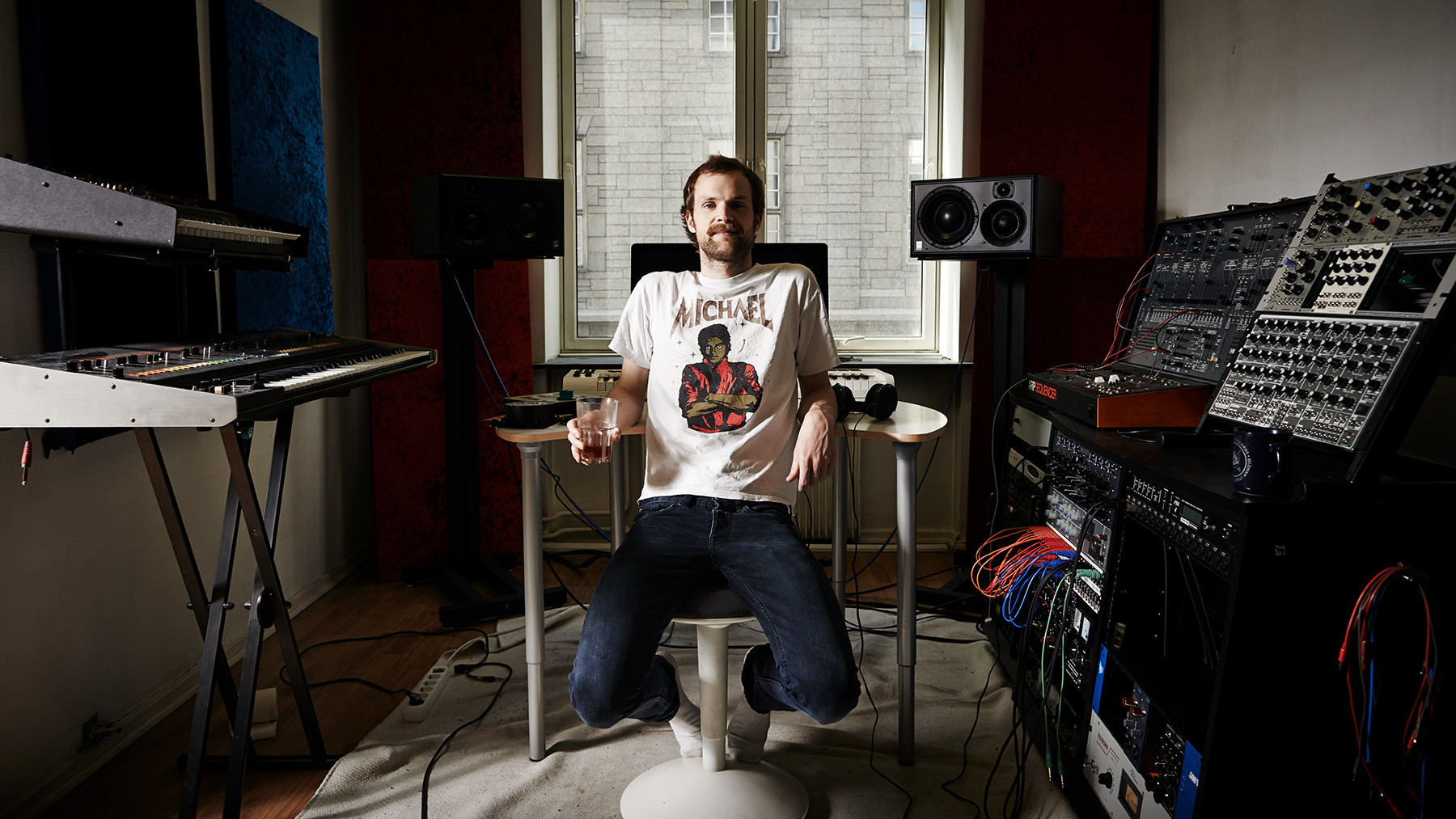 Todd Terje DJing, representing nu-disco and its appeal in contemporary club scenes.
Todd Terje DJing, representing nu-disco and its appeal in contemporary club scenes.
Norwegian nu-disco producer Todd Terje created “Inspector Norse” using only sounds from a vintage ARP synthesizer, as part of his It’s the Arps EP. He didn’t anticipate the track’s widespread appeal. “I thought it was going to go well with the DJs…but I never thought I’d hear people singing along to the melodies,” Terje admitted. The track’s infectious melody proved irresistible, making it a favorite among DJs and club-goers alike. “It really helped me as a DJ in terms of popularity,” he acknowledged, highlighting its impact on his career and nu-disco’s broader reach in clubs. —M.M.
The Rapture, ‘House of Jealous Lovers’ (2002)
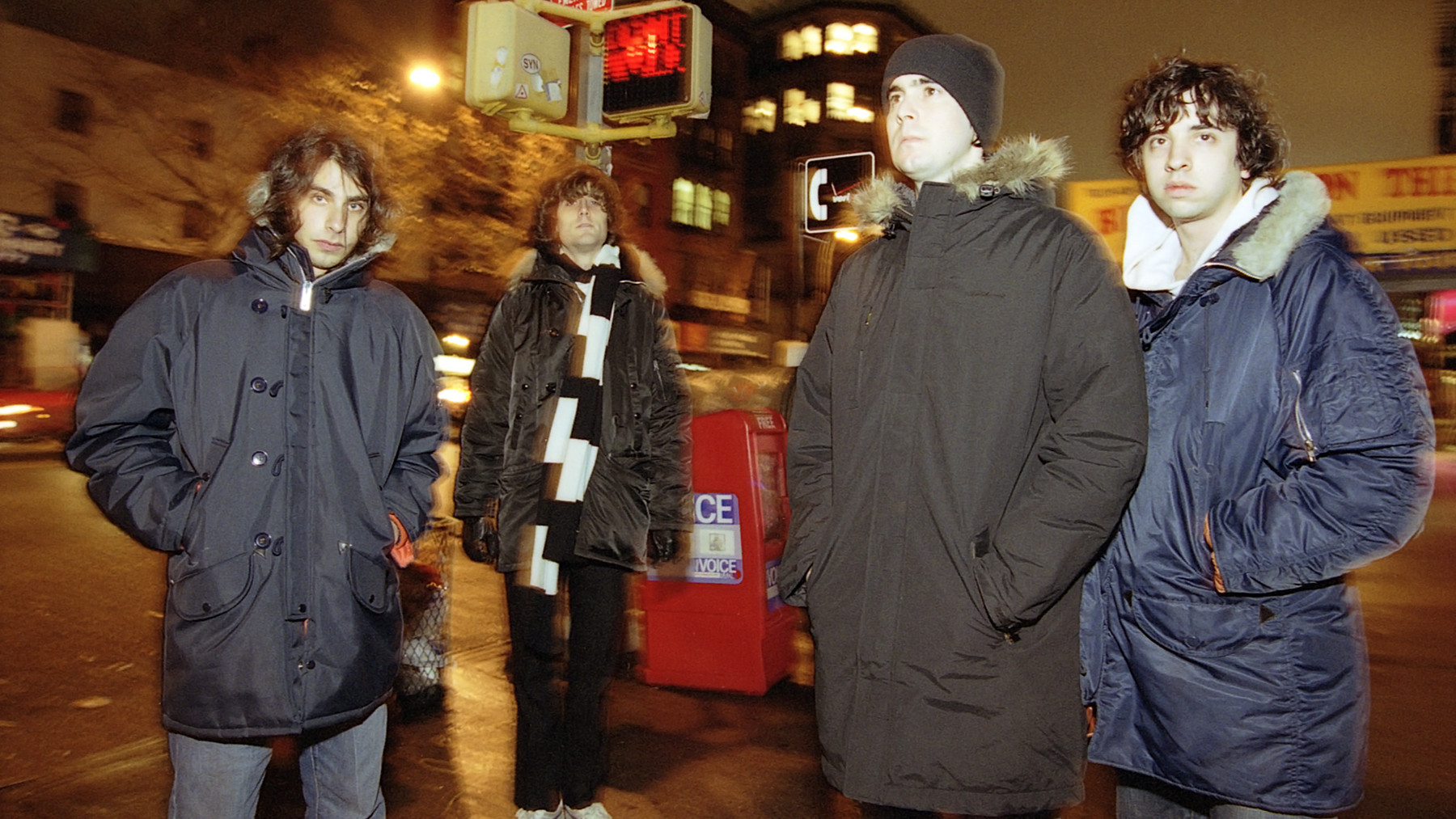 The Rapture performing live in New York City, illustrating the dance-punk movement in early 2000s clubs.
The Rapture performing live in New York City, illustrating the dance-punk movement in early 2000s clubs.
James Murphy, DFA Records founder and co-producer of “House of Jealous Lovers,” described its initial reception: “Most people now have no memory of how absolutely sacrilegious it was at the time.” The goal was to create a rock track that could rival dance music. The Rapture’s debut single combined abrasive Gang of Four-esque guitar riffs with infectious vocals and a powerful beat designed for dance floor impact. It succeeded, becoming the quintessential track of the early 2000s “dance punk” movement. It transformed New York’s music scene, inspiring many bands to adopt a sound reminiscent of late 70s Manchester and Leeds post-punk, and making DJ booths a staple in indie bars. —J.D.
TNGHT, ‘Higher Ground’ (2012)
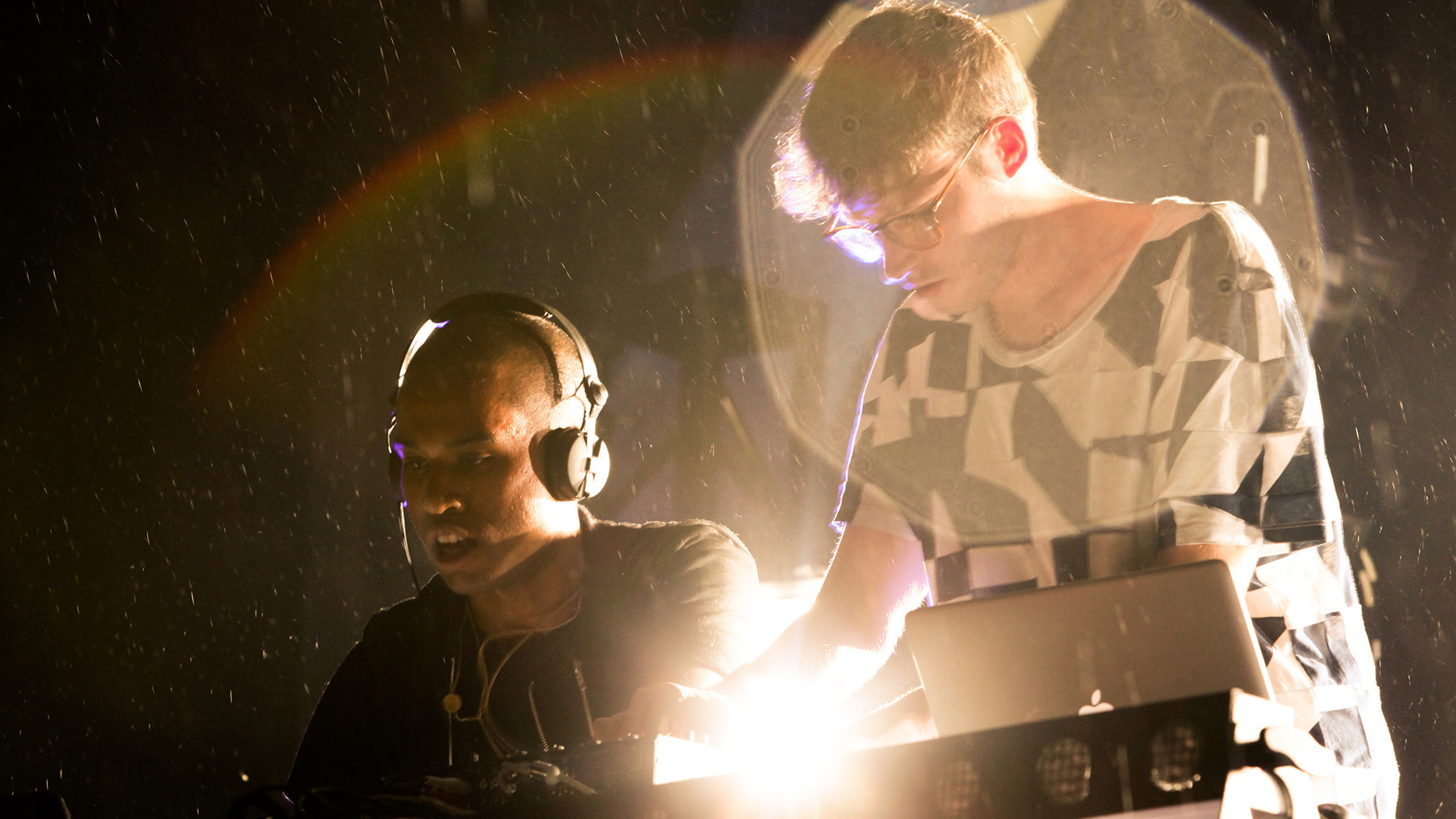 TNGHT performing, representing trap music's crossover into EDM and club environments.
TNGHT performing, representing trap music's crossover into EDM and club environments.
Hudson Mohawke described TNGHT’s 2012 EP, a collaboration with Lunice, as “our take on big American rap beats, with a little bit of cheekiness to it.” The five-song EP propelled both artists into the EDM spotlight with its energetic, club-focused trap sound. “Higher Ground,” characterized by its grand, stomping rhythm, is both expansive and intricate. Its impact was immediate; within a year, Kanye West enlisted TNGHT to produce “Blood on the Leaves” for Yeezus, demonstrating TNGHT’s significant influence on contemporary music and club sounds. —M.M.
Roni Size and Reprazent, ‘Brown Paper Bag’ (1997)
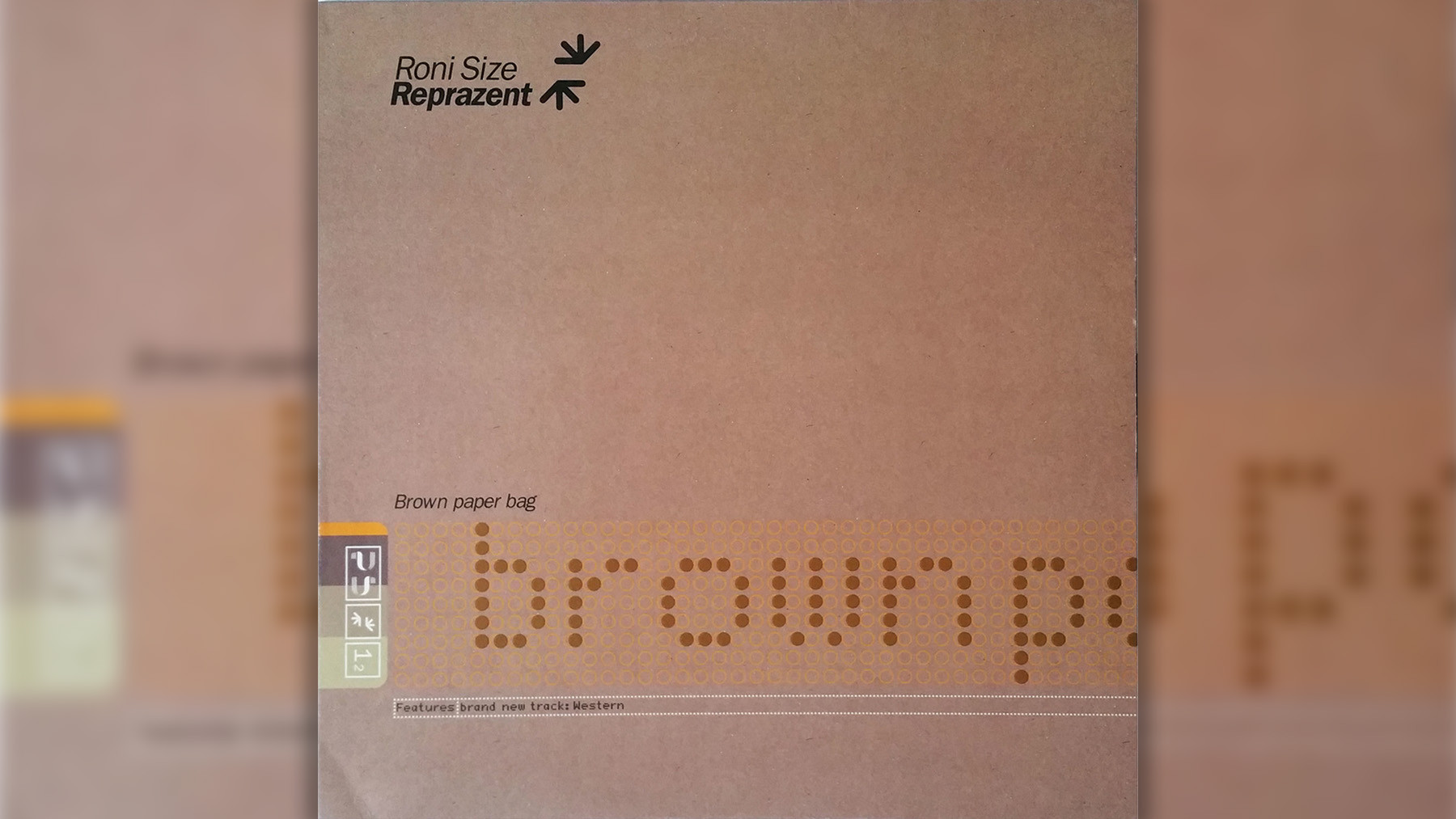 Roni Size Reprazent performing, showcasing drum and bass with jazz influences in club settings.
Roni Size Reprazent performing, showcasing drum and bass with jazz influences in club settings.
In the late 90s, drum and bass was becoming increasingly fragmented and diverging from its dancehall and hip-hop roots. Roni Size and Reprazent, from Bristol, UK, managed to create drum and bass that was both innovative and rooted in its Black musical heritage. They fused fast-paced beats with warm, organic jazz-funk elements. Roni Size noted the divisive reaction to “Brown Paper Bag,” their most recognized track from the 1997 album New Forms. He explained, “They heard the jazz, how it sounded different from everything else, and they saw this other audience that loved it,” highlighting its unique appeal and influence in diversifying drum and bass within club culture. —J.D.
Soul II Soul, ‘Back to Life (However Do You Want Me)’ (1989)
Soul II Soul, led by Jazzie B and Nellee Hooper, began as a London sound system specializing in reggae and soul. When they started recording in the late 80s, their smooth grooves seamlessly blended these influences. Initially intended for their own parties, their tracks gained wider attention. “It was literally for our sound [system] at the beginning,” Jazzie B explained, “We weren’t really interested in what anybody else was doing.” However, the world became interested in them. “Back to Life” topped the Billboard R&B chart and reached the Top Five on the Hot 100, marking Soul II Soul’s crossover success and bringing their sophisticated club sound to a mainstream audience. —M.M.
Felix da Housecat, ‘Silver Screen Shower Scene’ (2001)
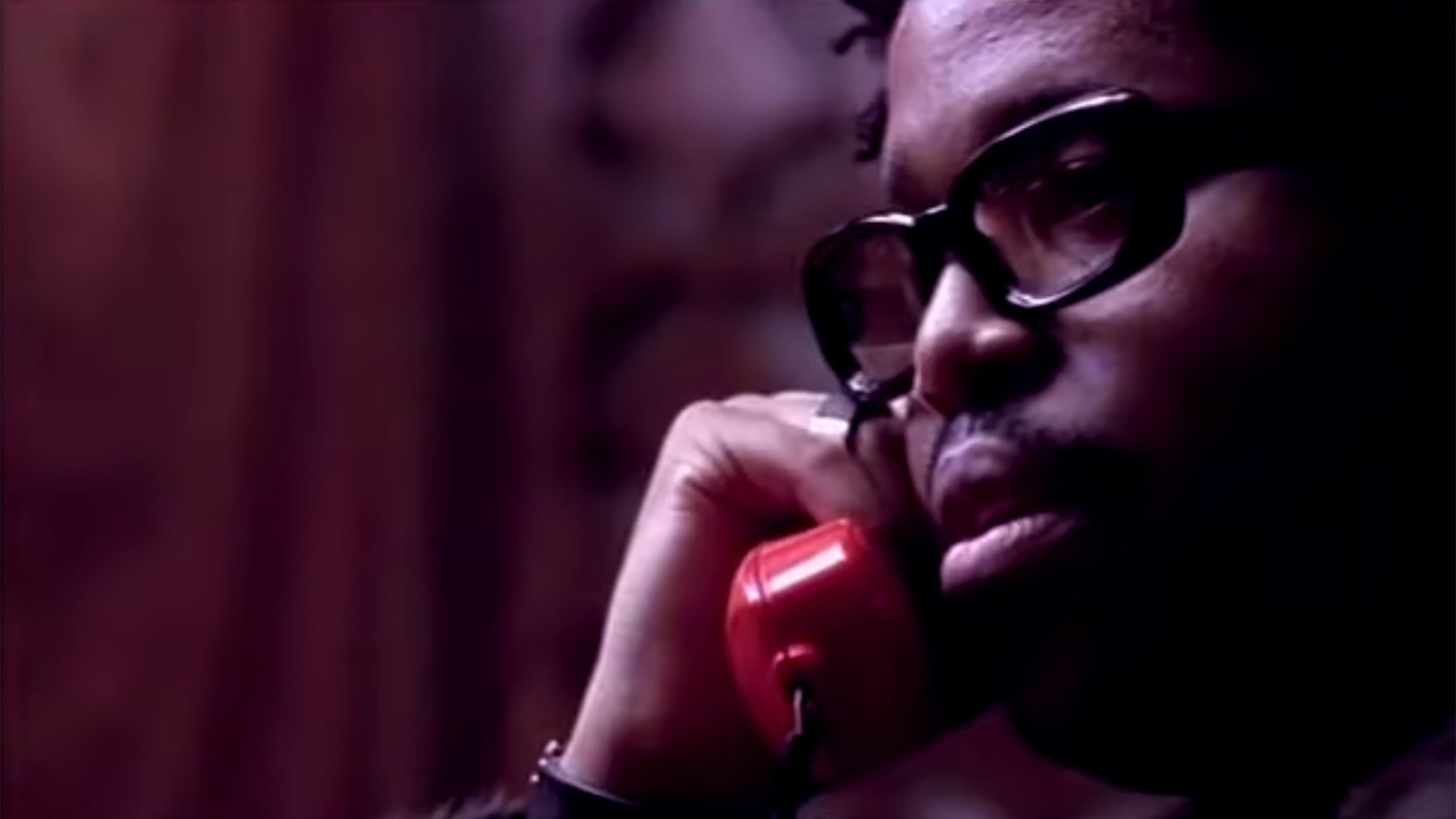 Felix Da Housecat DJing, representing electroclash and its theatrical club aesthetics.
Felix Da Housecat DJing, representing electroclash and its theatrical club aesthetics.
Felix Stallings Jr., aka Felix da Housecat, is a Chicago house veteran, having created the acid house classic “Fantasy Girl” in 1987 as Pierre’s Pfantasy Club. His career went global with the 2001 album Kittenz and Thee Glitz. This concept album, exploring celebrity and artifice, featured collaborations with artists like Miss Kittin and Melistar. “Silver Screen Shower Scene” quickly became an anthem with its celebrity-mocking lyrics and sound, embodying the electroclash era. Jacques Lu Cont’s “Thin White Duke Remix” further amplified its club appeal, becoming even more popular among DJs and solidifying its status as an electroclash defining track. –M.M.
Dntel feat. Ben Gibbard, “(This Is) The Dream of Evan and Chan (Superpitcher Kompakt Remix)” (2001)
Ben Gibbard of Death Cab for Cutie had a peculiar dream involving Evan Dando of the Lemonheads and Chan Marshall (Cat Power). He transformed this dream into a song, collaborating with Dntel (Jimmy Tamborello) prior to their Postal Service project. Dntel set Gibbard’s vocals to upbeat rhythms and synths, but the Superpitcher remix, from Kompakt Records, elevated the track to a dreamlike state. With its hazy synth layers and echoing bell sounds, the remix enhanced the lyrical dreamscape, creating a uniquely atmospheric and introspective club track. —M.M.
Patrick Cowley feat. Sylvester, ‘Do Ya Wanna Funk?’ (1982)
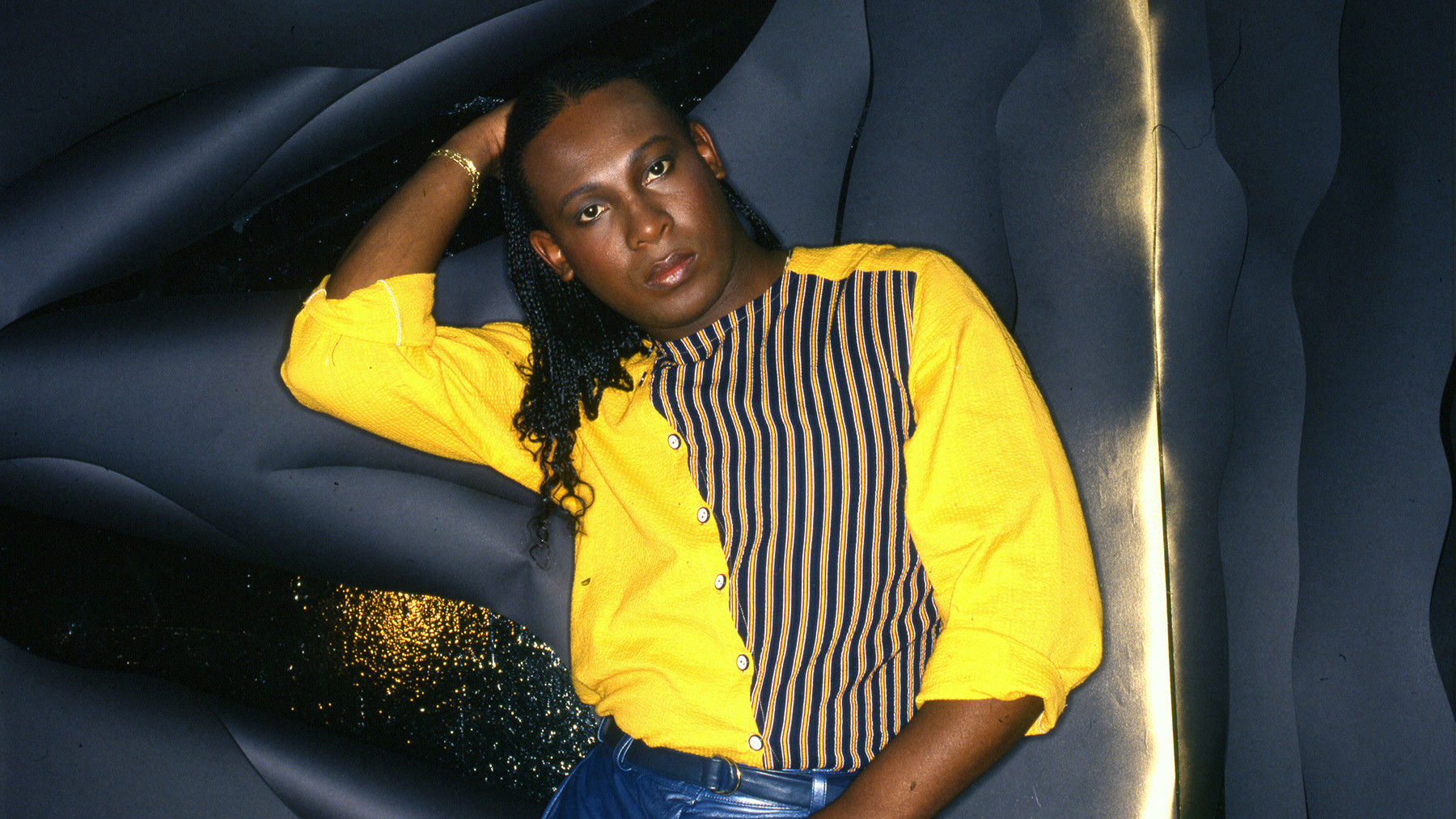 Sylvester performing, highlighting his and Patrick Cowley's pioneering roles in Hi-NRG club music.
Sylvester performing, highlighting his and Patrick Cowley's pioneering roles in Hi-NRG club music.
Patrick Cowley was a synthesizer innovator, a key figure in Hi-NRG, a genre that became a staple in gay clubs. His collaborations with Sylvester and his extended version of Donna Summer’s “I Feel Love” are seminal works. Despite falling ill in 1981 and passing away in 1982 as AIDS emerged, Cowley continued creating music until his final months. “Do Ya Wanna Funk” remains a landmark of Hi-NRG. Its soaring synth riffs and Sylvester’s stratospheric vocals defined the genre. The track also gained broader recognition when featured in the movie Trading Places, soundtracking a memorable party scene and further cementing its club anthem status. —M.M.
Funkadelic, ‘One Nation Under a Groove’ (1978)
![]() Funkadelic performing, representing funk music's influence on dance and club culture.
Funkadelic performing, representing funk music's influence on dance and club culture.
“One Nation Under a Groove,” remarkably led by a banjo, is arguably the greatest funk track ever. Its instantly appealing groove propelled it to the top of the R&B charts for six weeks in 1978. George Clinton assigned the song to Funkadelic, his guitar-heavy project, to give it a powerful edge, distinguishing it from the horn-driven R&B of Parliament. “Parliament is smashing,” Clinton explained, “But Funkadelic is the movement,” emphasizing the song’s role as more than just music, but a cultural force in clubs and beyond. —M.M.
Evelyn Thomas, ‘High Energy’ (1984)
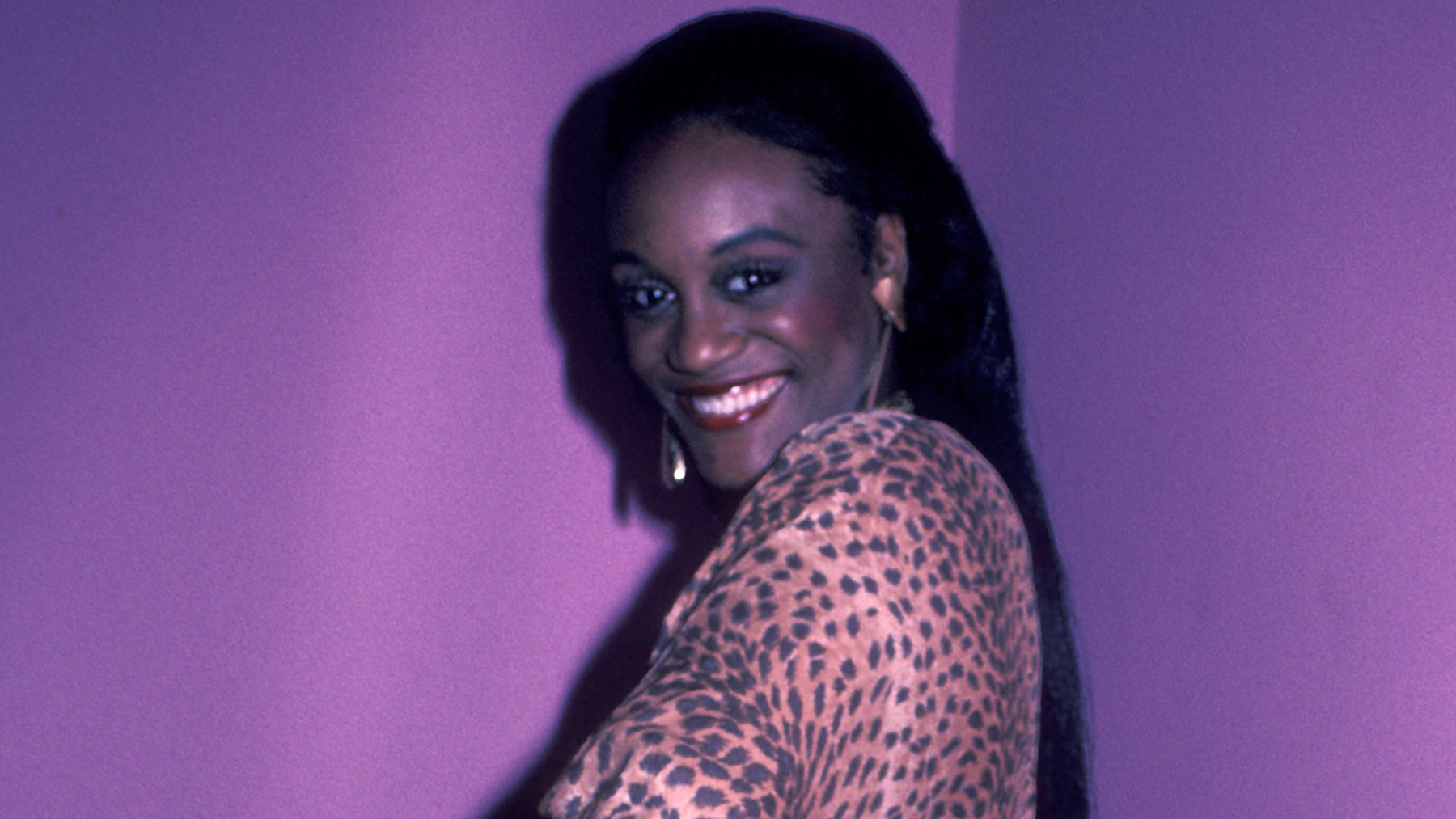 Evelyn Thomas at Limelight Disco in NYC, showcasing the Hi-NRG genre's club scene presence.
Evelyn Thomas at Limelight Disco in NYC, showcasing the Hi-NRG genre's club scene presence.
Released in 1984, “High Energy” not only named the Hi-NRG genre but became its defining track. However, it was not the first of its kind. Chicago singer Evelyn Thomas, signed by Manchester producer Ian Levine, was part of the genre’s early development. Levine, a Northern Soul DJ who transitioned to disco, blended “gay disco and old Motown”—the core ingredients of Hi-NRG. “High Energy,” brash, upbeat, and undeniably catchy, reached the UK Top Five and remains a club classic. The Blessed Madonna highlighted its enduring appeal in her Bunker Podcast, reaffirming its status as a high-energy club anthem. —M.M.
Daft Punk feat. Pharrell Williams and Nile Rodgers, ‘Get Lucky’ (2013)
When Pharrell Williams met Daft Punk at a Madonna party, he expressed his desire to collaborate, even offering to just play tambourine. In Paris, he suggested channeling Nile Rodgers, and Daft Punk played him a track they had already created with Rodgers. Williams recorded his smooth vocals during that session. “You don’t need MDMA for this music, because it’s so incredibly vivid,” he enthusiastically stated. “Get Lucky” became a global phenomenon, blending disco, funk, and electronic elements into a track that dominated clubs and airwaves alike, demonstrating the power of collaboration and timeless grooves. –M.M.
Mat Zo and Porter Robinson, ‘Easy’ (2013)
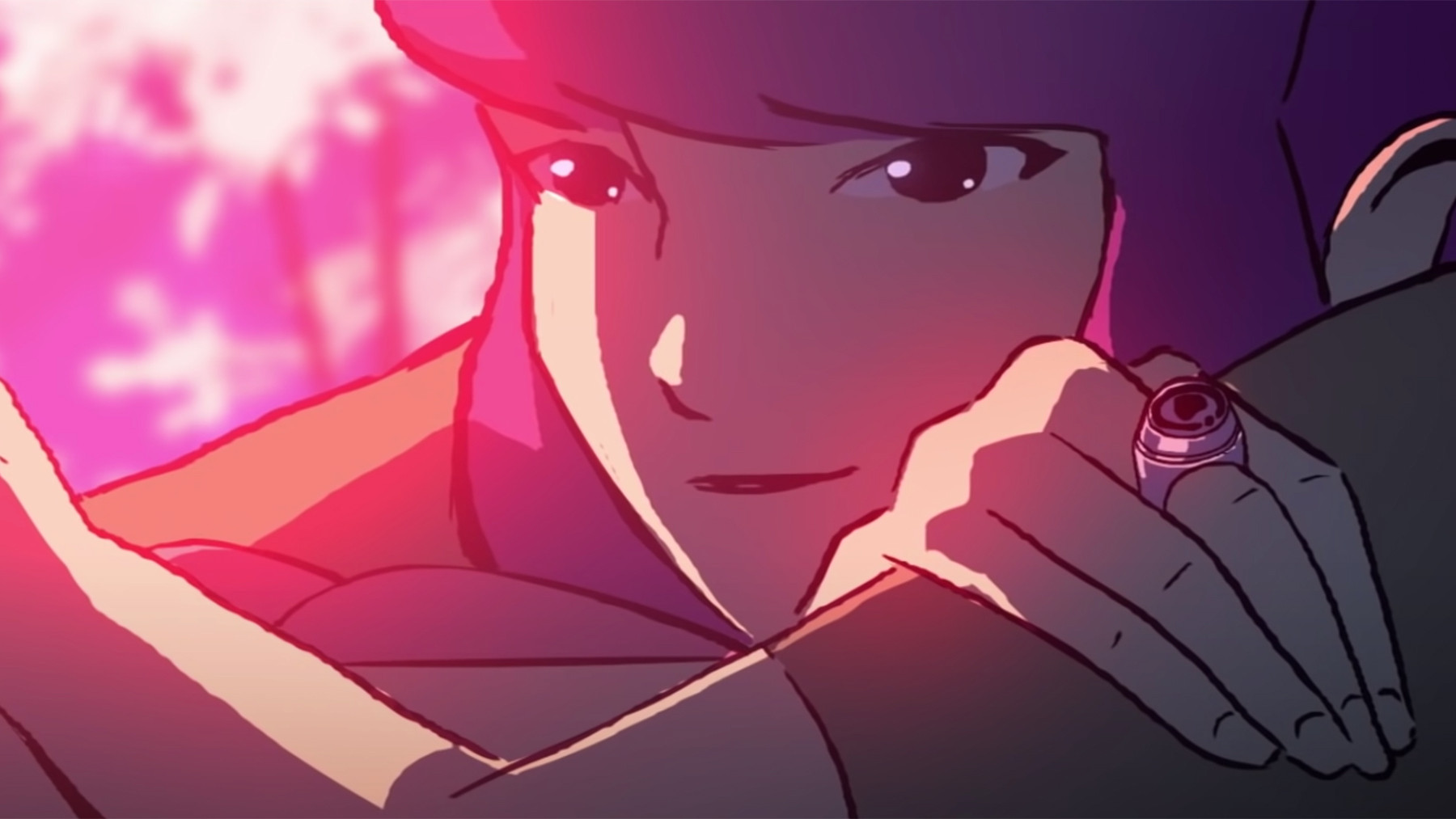 Porter Robinson and Mat Zo performing together, representing the trance-inspired EDM in club settings.
Porter Robinson and Mat Zo performing together, representing the trance-inspired EDM in club settings.
Porter Robinson described “‘Easy’ in my mind is an homage to Daft Punk’s Discovery.” This collaboration with Mat Zo aimed to update the disco chords of early French house with a more intense, trance-inspired feel. “Easy” is both dazzling and classic, with a central synth line reminiscent of a Theremin and a Moog. The vocal sample from Colourblind’s “Nothing Better” adds emotional depth often missing in stadium EDM. “Easy” successfully bridged classic and contemporary sounds, making it a standout track in the EDM club scene. —M.M.
Justice vs. Simian, “We Are Your Friends” (2006)
In 2003, Parisian musicians Gaspard Augé and Xavier de Rosnay (Justice) entered a remix contest for Simian’s “Never Be Alone.” Limited by their equipment—sampler, sequencer, and synthesizer without music software—they only sampled the chorus vocals. The result was a raw, powerful sound that bridged electroclash and EDM. Retitled “We Are Your Friends,” it became a hit in 2006, launching Justice’s career and prompting Simian to reinvent themselves as Simian Mobile Disco. The track’s jagged energy made it a club and festival anthem, defining the sound of mid-2000s electronic dance music. —M.M.
Martin Garrix, ‘Animals’ (2013)
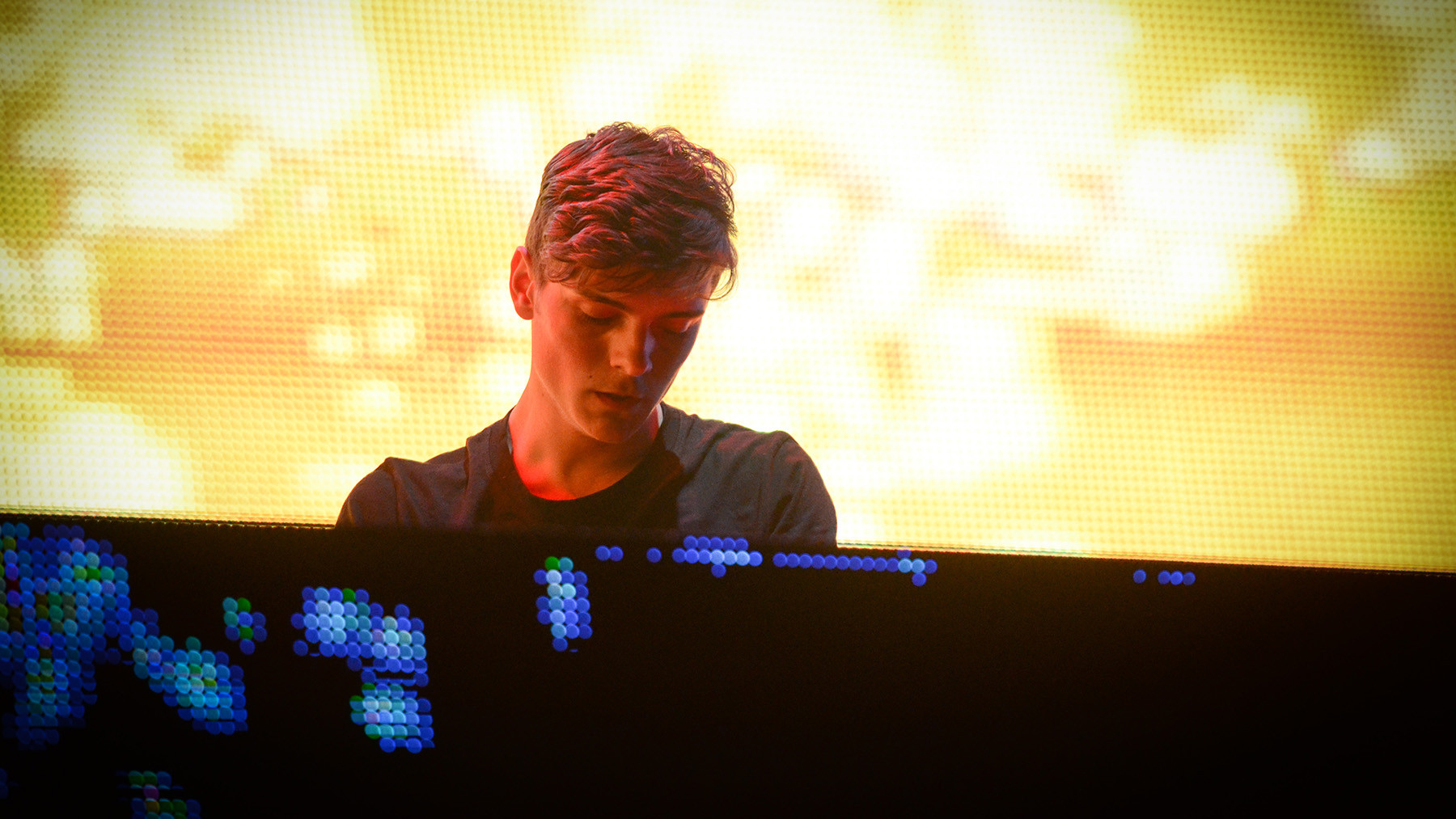 Martin Garrix performing at Coachella, representing the youthful energy of the EDM boom in clubs.
Martin Garrix performing at Coachella, representing the youthful energy of the EDM boom in clubs.
Dance music often favors youth, and the early 2010s EDM boom exemplified this. Martin Garrix’s “Animals,” built around a catchy synth riff without lyrics, became a global sensation when he was only 18. Its immediate success led to skepticism. “At first, people in the industry assumed I didn’t make my own shit,” Garrix recalled. To dispel doubts, he did livestreams and production tutorials online. “Animals” became an EDM anthem, its simple yet effective synth hook dominating clubs and festivals worldwide, showcasing the genre’s broad appeal and youthful energy. —M.M.
Debbie Deb, ‘Lookout Weekend’ (1984)
“As far as I know, I coined the phrase. I hadn’t heard anybody call it freestyle music prior to me coming up with the name of the group Freestyle,” Miami production pioneer Pretty Tony stated. His tracks bridged the sounds of KC and the Sunshine Band and 2 Live Crew. “Lookout Weekend,” his second single with Debbie Weshoff Lopez, was freestyle at its peak. Like its predecessor, “When I Hear Music,” “Weekend” went triple platinum. Tony’s success allowed him to purchase “two Porsches,” illustrating the commercial impact of freestyle music and “Lookout Weekend”’s status as a genre-defining club hit. —M.M.
Tate Kobang, ‘Bank Rolls’ (2015)
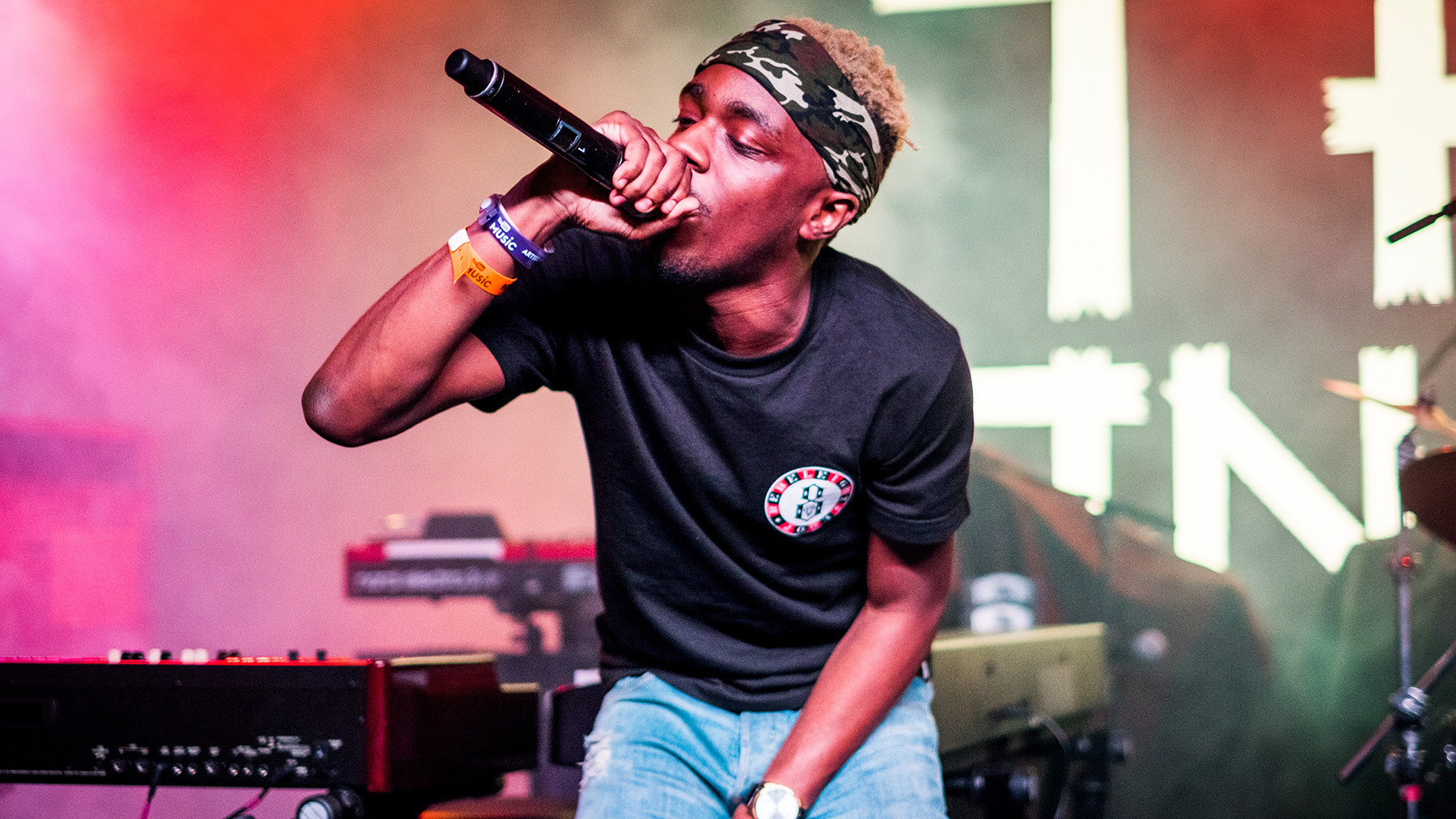 Tate Kobang performing in Austin, TX, representing Baltimore club and its resurgence in contemporary clubs.
Tate Kobang performing in Austin, TX, representing Baltimore club and its resurgence in contemporary clubs.
Tate Kobang’s remix of Tim Trees’ Baltimore club track “Bank Roll” is a modern tribute to Baltimore club music. Built around the original sample, Kobang’s remix celebrates Charm City’s culture and energy. In his final verse, he acknowledges K-Swift, a legendary DJ who popularized Baltimore club music before her untimely death. “She was just one of those bodies in our culture that was like, ‘She ain’t never going anywhere,’” Kobang said. “Bank Rolls (Remix)” introduced Baltimore club sound to a new audience, keeping K-Swift’s legacy alive and highlighting the genre’s continued relevance in club scenes. —C.S.
Soft Cell, ‘Tainted Love/Where Did Our Love Go?’ (1981)
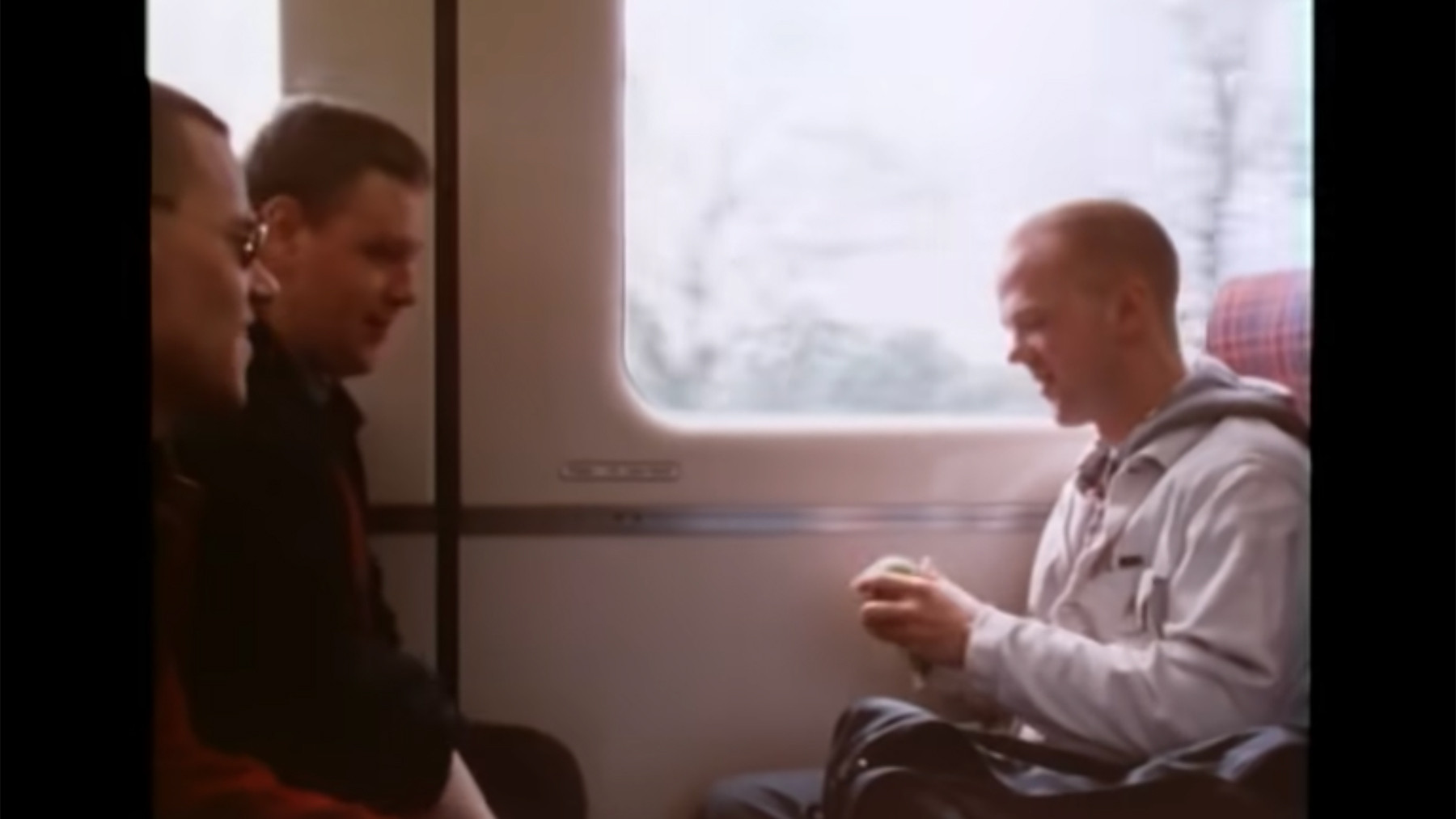 Soft Cell performing, representing synth-pop and Northern soul influences in 80s club music.
Soft Cell performing, representing synth-pop and Northern soul influences in 80s club music.
Marc Almond of Soft Cell explained their influences: “We both like Northern soul, Sixties music, and the 12-inch record.” They combined these into their version of Gloria Jones’ “Tainted Love.” Initially a hit on its own, for the extended version, they merged it with The Supremes’ “Where Did Our Love Go?” “It was originally just going to include a few bars of ‘Where Did Our Love Go?’ but we like the way it turned out and included the whole song,” Almond said. This nine-minute medley became a New Wave disco classic, captivating dance floors and defining the sound of 80s synth-pop in clubs. —M.M.
The Orb, ‘Little Fluffy Clouds’ (1990)
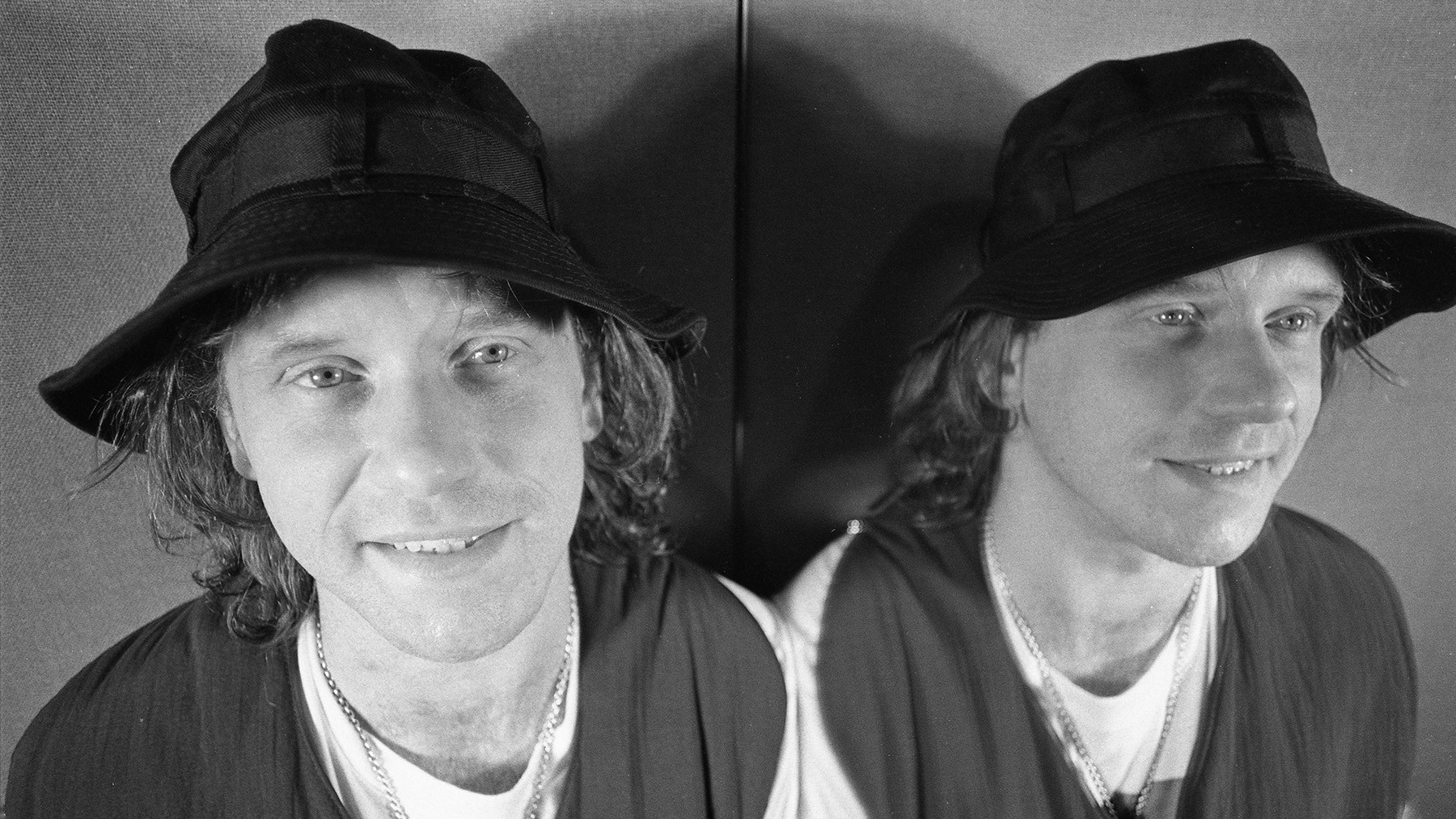 Alex Paterson of The Orb, representing ambient house and its chill-out club vibes.
Alex Paterson of The Orb, representing ambient house and its chill-out club vibes.
The Orb’s Alex Paterson created “Little Fluffy Clouds” from a tape given by a friend. Side A featured an interview with Rickie Lee Jones describing Arizona skies, and Side B was Steve Reich’s Electric Counterpoint. Paterson combined them, creating “Little Fluffy Clouds,” an ambient house track that defined the chill-out aspect of acid house. Reich “was very happy when he heard it,” Paterson said. “Suddenly, it was being played to the masses, and they were loving it.” The track brought ambient textures into club culture, offering a softer, more introspective dance experience. —M.M.
Polygon Window, ‘Quoth’ (1993)
Richard D. James, known as Aphex Twin, is often associated with more cerebral electronic music. However, in the early 90s, he produced rave tracks like “Quoth” under the name Polygon Window. “Quoth” is a percussion-heavy symphony, a prime example of early 90s rave music. It was particularly popular in the American Midwest rave scene, where it was played at barn raves. This track showcases Aphex Twin’s range, demonstrating his ability to create both experimental and high-energy club tracks. —M.M.
Skream, ‘Midnight Request Line’ (2005)
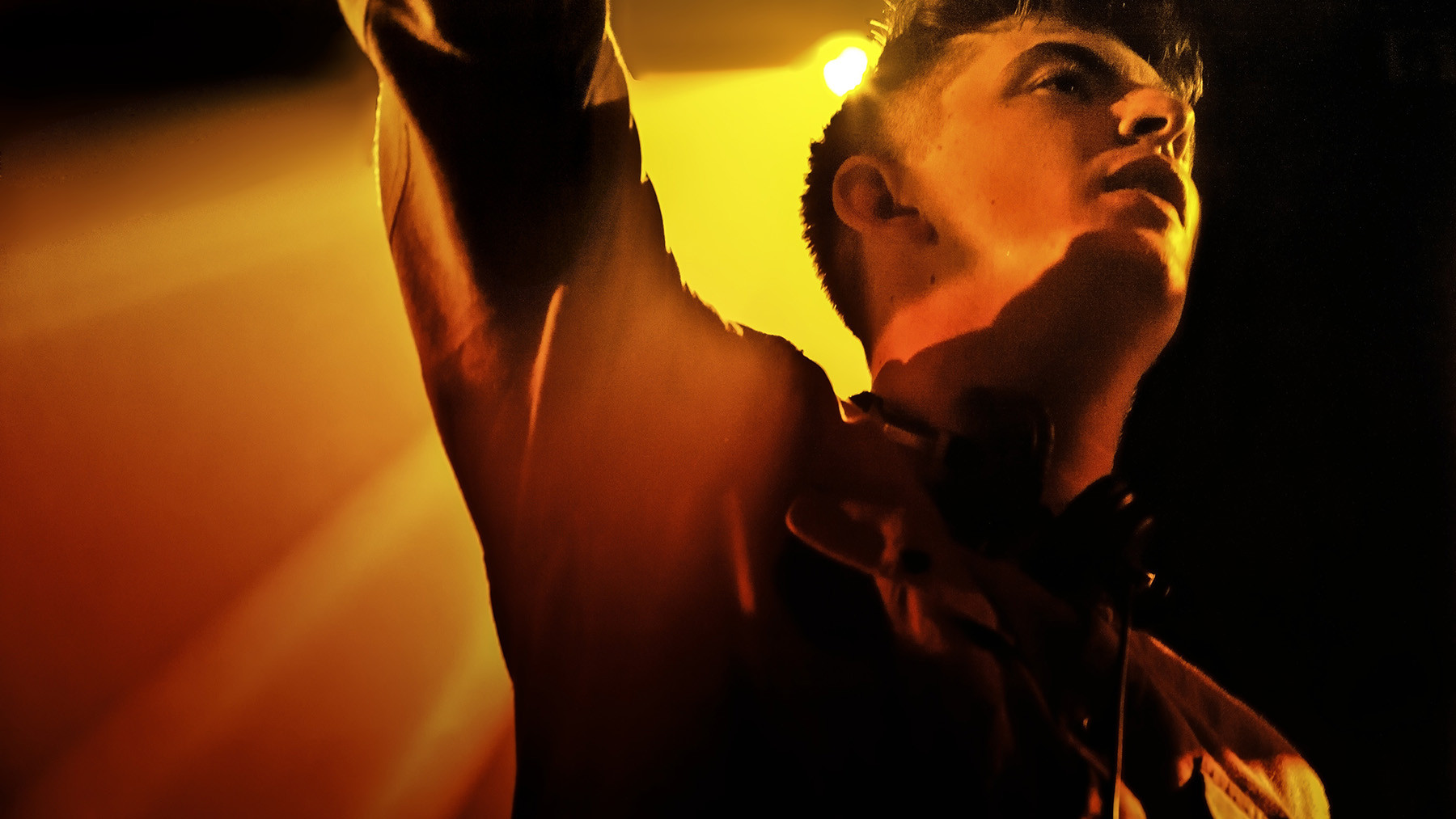 Skream DJing at Fabric Nightclub, representing dubstep's rise in London clubs.
Skream DJing at Fabric Nightclub, representing dubstep's rise in London clubs.
Shortly after releasing “Midnight Request Line,” London dubstep producer Skream found out it was DJ Magazine‘s “Record of the Month.” “I was like, ‘Shit, I need to get home,’” he recalled. The track, with its fluttering synth melody, smooth bassline, and prominent claps, propelled Skream and dubstep into the spotlight. “Midnight Request Line” became a defining track of early dubstep, capturing the genre’s atmospheric and rhythmic innovation and establishing Skream as a leading figure in club music. –M.M.
Paul Johnson, ‘Feel My M.F. Bass’ (1994)
“Ghetto house,” house music’s raw, street-oriented counterpart to gangsta rap, was pioneered by Chicago producers like those on Dance Mania Records. Paul Johnson, a wheelchair-using producer, was a key figure in this style. Known for his unconventional and energetic tracks, Johnson’s “Feel My M.F. Bass” is a prime example of ghetto house. Featuring a powerful kick drum and Johnson’s provocative vocal sample, it’s a raw, impactful track. Johnson, who passed away from Covid in 2021, created a track that perfectly embodies the raw energy and directness of ghetto house, making it a standout in underground club scenes. —M.M.
Ten City, ‘That’s the Way Love Is’ (1989)
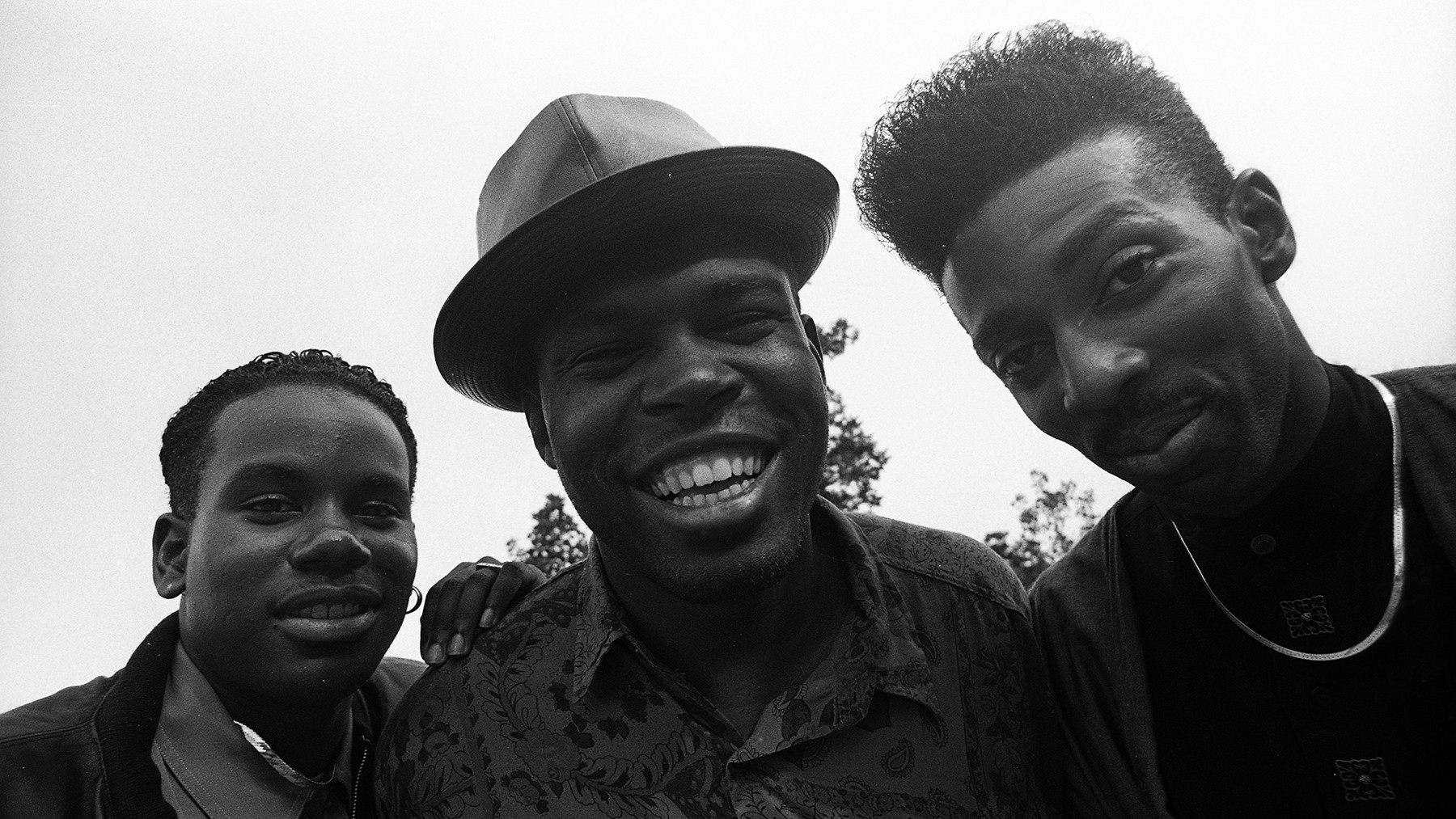 Ten City group portrait, representing Chicago house and soulful vocals in club music.
Ten City group portrait, representing Chicago house and soulful vocals in club music.
Marshall Jefferson, producer of Chicago house vocal trio Ten City, stated, “When Ten City started, I think we were both at a point where we wanted to expand the genre by writing proper songs while at the same time doing more abstract things.” “That’s the Way Love Is,” Ten City’s third single, exemplified their style—Philly soul-inspired strings and love songs, topped with Byron Stingily’s high falsetto. It reached the UK Top 10 and topped the Billboard dance chart. Jefferson noted its broader impact: “people in South Africa have told us stories of how that song represents liberation for them,” highlighting its emotional resonance and reach beyond club dance floors. —M.M.
Nitzer Ebb, ‘Join in the Chant’ (1987)
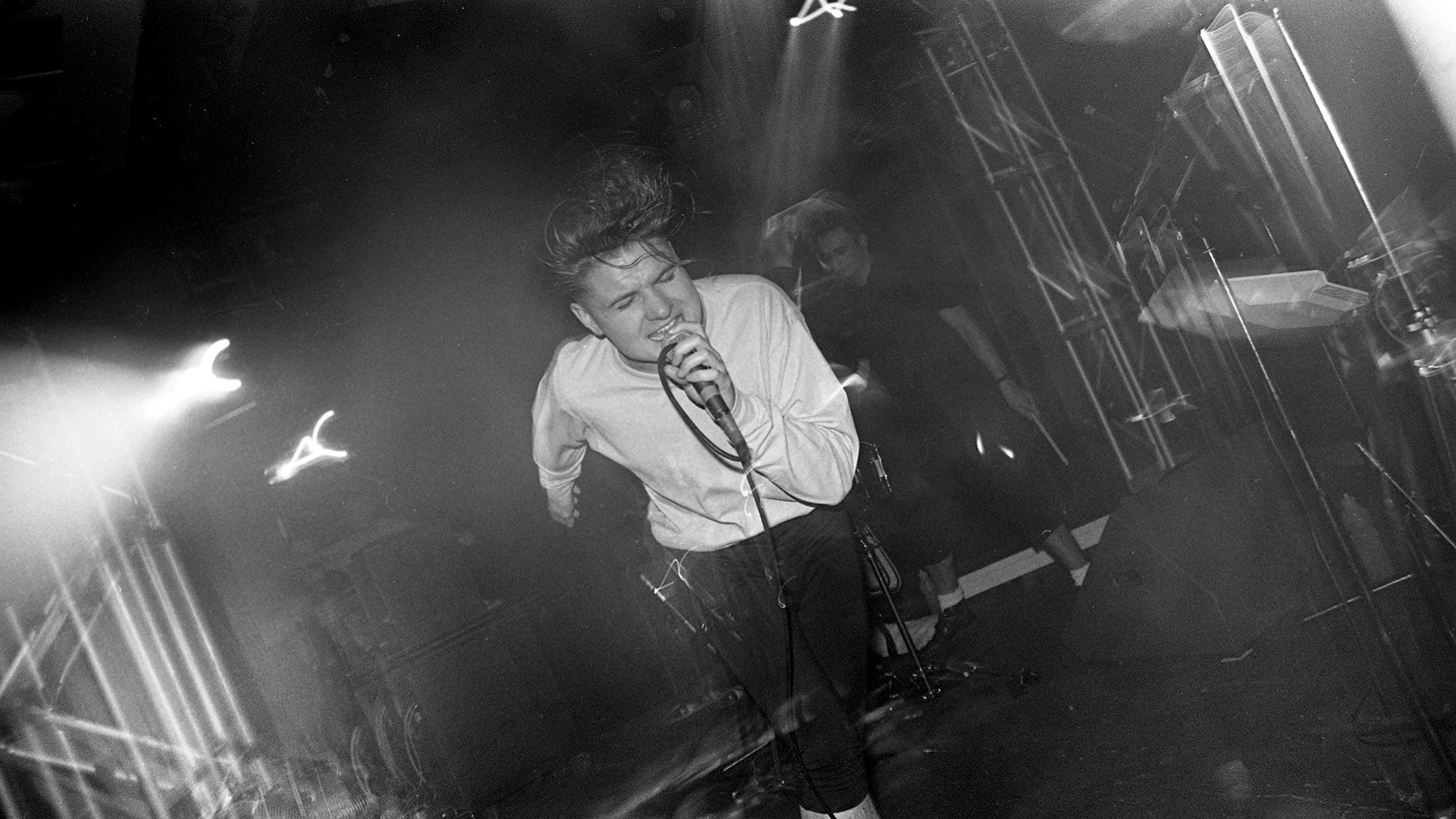 Nitzer Ebb performing, representing industrial dance and its crossover into techno club scenes.
Nitzer Ebb performing, representing industrial dance and its crossover into techno club scenes.
Industrial groove band Nitzer Ebb, from England’s Midlands, had genuine dance roots. Frontman Douglas McCarthy explained, “The clubs we knew were disco and funk. It’s in the DNA of the area.” Their anthem, “Join in the Chant,” became a techno crossover hit, especially in Detroit, where techno artists had roots in industrial music. Richie Hawtin included “Chant” in his influential Decks, EFX & 909 mix CD. Andrew Weatherall famously said, “The closest I felt to God was listening to ‘Join in the Chant,’” underscoring its powerful impact and crossover appeal in both industrial and techno club scenes. —M.M.
Bronski Beat, ‘Smalltown Boy’ (1984)
 Soft Cell performing, representing synth-pop and Northern soul influences in 80s club music.
Soft Cell performing, representing synth-pop and Northern soul influences in 80s club music.
Bronski Beat’s Jimi Somerville joked his vocal training was singing along to Donna Summer and Sylvester. “I wanted a lot more out of life than working in a paint factory and having to accept that being gay was a nighttime occupation only,” he stated. He channeled this into “Smalltown Boy,” a poignant portrayal of alienation and escape. Its haunting vocal hook (“Run away, run away, run away”) and synth arrangement made it an instant gay club anthem. It topped the Billboard club chart and reached the UK Top Three, becoming a significant LGBTQ+ anthem and a staple in clubs worldwide. —M.M.
LFO, ‘LFO (Leeds Warehouse Mix)’ (1990)
LFO, from Sheffield, England, were pioneers of the “bleep” scene—Warp Records’ initial sound. Warp’s Steve Beckett explained, “it had nothing to do with the bleeps for the people making it—for them it was all about the bass.” Their self-titled track “LFO” got them signed. Icy synth chords and bleeps set the stage for layers of bass—the bassline moves you, while the sub-bass can shake buildings. “LFO” became a defining track of bleep techno, emphasizing bass and minimal synth arrangements in early 90s club music. —M.M.
Drake, ‘Sticky’ (2022)
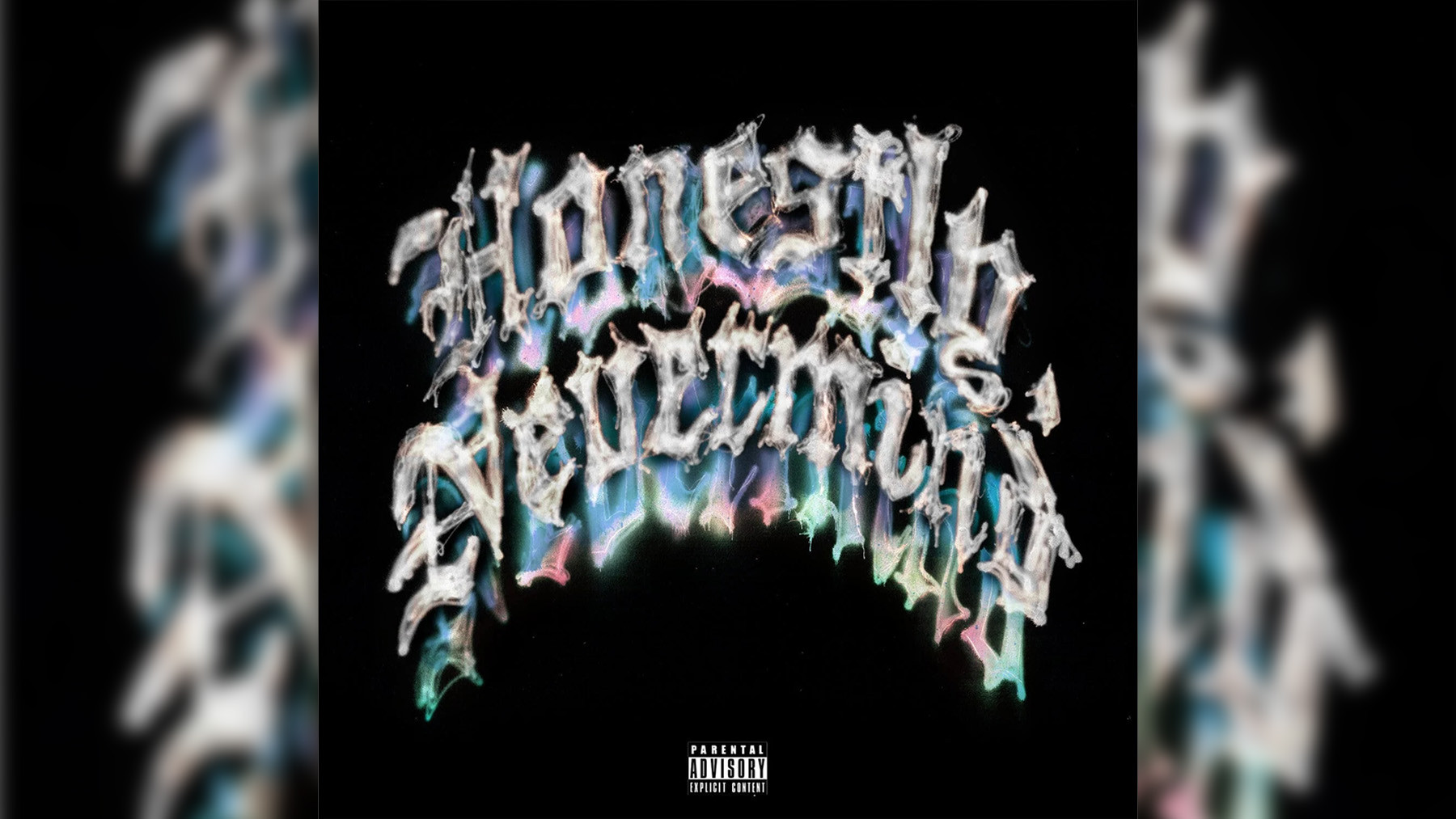 Drake performing, representing contemporary hip-hop embracing dance music and club sounds.
Drake performing, representing contemporary hip-hop embracing dance music and club sounds.
Drake’s album Honestly, Nevermind marked his foray into dance music, exploring Jersey and Baltimore club, and deep house. “Sticky,” produced by Gordo and Ry X, is a standout track. Drake shifts from his album’s low-key vocals to rapping about subjects important to him, like Young Thug’s release and Virgil Abloh’s passing. It’s an example of a major artist integrating subgenres into their sound, resulting in a fresh take on his own style. “Sticky” showcases the increasing convergence of hip-hop and club dance music in the mainstream. –J.D.
Roland Clark, ‘I Get Deep (Shelter Mix)’ (2000)
“The love of house music started when I went to Club Zanzibar in lieu of my prom,” Roland Clark recalled, referring to the Newark club where Tony Humphries was resident DJ. “I Get Deep” embodies this love. Over rhythmic kicks, hats, and keyboard lines, Clark’s monologue captures the immersive dance floor experience: “All the sweat just goes down my face/And I pretend that there’s nobody there but me in this place.” The 12-inch included an a cappella version, later sampled by Fatboy Slim. “I Get Deep” is a vocal house anthem celebrating the transformative experience of clubbing and deep house music. —M.M.
Aly-Us, ‘Follow Me’ (1992)
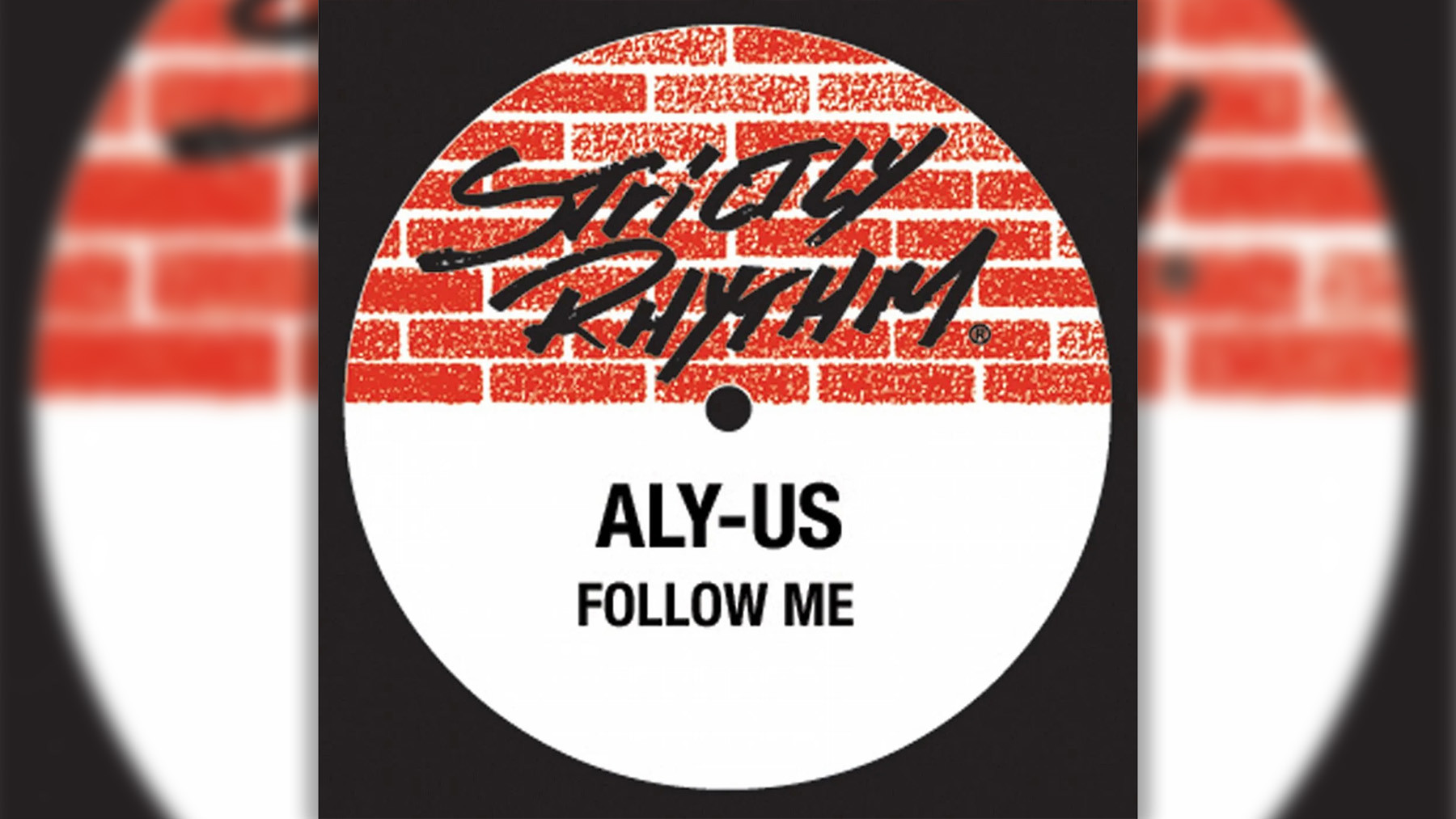 Aly-Us performing, representing early house music's raw energy and gospel influences in clubs.
Aly-Us performing, representing early house music's raw energy and gospel influences in clubs.
Early house music often had a raw, unpolished quality, which was part of its appeal. Aly-Us’s “Follow Me” is a prime example. This uplifting track, gospel-inspired in form and message (“We must stop fighting/To achieve the peace”), was recorded by a New Jersey trio in a basement with a four-track. Its lo-fi production and slightly rough vocals add to its urgency and sincerity. “Follow Me” became a house anthem, celebrated for its raw emotion and uplifting message, typical of early house music’s charm in club settings. —M.M.
George McCrae, ‘Rock Your Baby’ (1974)
In the summer of 1974, two club-originating songs topped the Billboard Hot 100: Hues Corporation’s “Rock the Boat” and George McCrae’s “Rock Your Baby.” These were among the first disco hits. The track for “Rock Your Baby” was created by Henry Wayne Casey, Richard Finch, and Jerome Smith. McCrae was added because he was at TK Records. “I think they gave me ‘Rock Your Baby’ to get me out of their hair,” he joked. After its success, Casey, Finch, and Smith formed KC and the Sunshine Band. “Rock Your Baby” marked an early milestone for disco, demonstrating the growing influence of club music on mainstream charts. —M.M.
El General, ‘Perezosa’ (1995)
 El General performing, representing reggaeton's early club sounds and Latin American party culture.
El General performing, representing reggaeton's early club sounds and Latin American party culture.
Panamanian pioneer El General set the stage for reggaeton in the 80s and 90s, creating international hits using reggae rhythms. His experimental approach and broader impact on club music are often overlooked. “Perezosa,” from his album Club 555, is a powerful dance anthem. The album captured the energy of Latin American parties with high-voltage electronic sounds. “Perezosa” exemplifies El General’s innovative blend of reggae, electronic, and Latin rhythms, shaping early reggaeton and influencing club music across Latin America. —J.L.
Tom and Jerry, ‘Maximum Style’ (1994)
4Hero—Marc Mac and Dego MacFarlane—are drum and bass stalwarts, innovating from early 90s UK hardcore to late 90s neo-fusion, sometimes under aliases like Tom and Jerry. Tom and Jerry is credited for “Maximum Style,” released as jungle’s popularity grew in the UK. This smooth track, with a captivating guitar riff and cartoon effects, was both playful and seriously groovy. “Maximum Style” captures the playful yet intense nature of jungle music, becoming a gem of the era and a favorite in UK clubs. —M.M.
LCD Soundsystem, ‘Losing My Edge’ (2002)
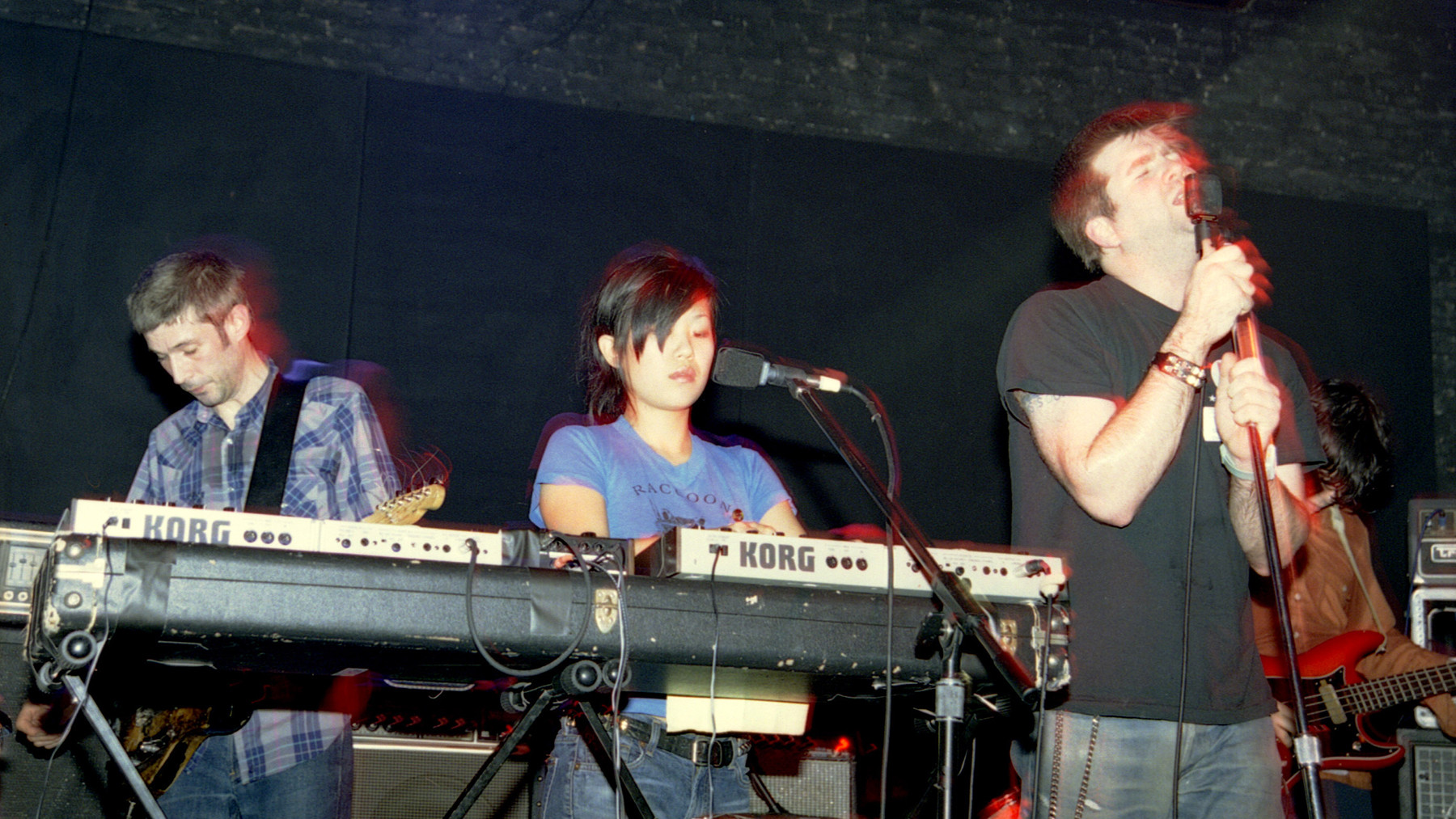 LCD Soundsystem performing live in NYC, representing dance-punk and ironic perspectives in early 2000s club scenes.
LCD Soundsystem performing live in NYC, representing dance-punk and ironic perspectives in early 2000s club scenes.
LCD Soundsystem’s debut single “Losing My Edge,” is both a dance track and a stand-up comedy routine. James Murphy embodies an aging hipster humorously confronting his fading relevance as younger generations emerge. Referencing cultural touchstones like “the first Can show in Cologne” and being early to “play Daft Punk to the rock kids,” the song is laced with irony and FOMO. “Losing My Edge” made listeners laugh and dance, igniting the New York dance-punk scene of the early 2000s with its wit and infectious groove, resonating with anyone experiencing cultural shifts. —J.D.
Shakira, ‘Ojos Asi (Thunder Mix)’ (1999)
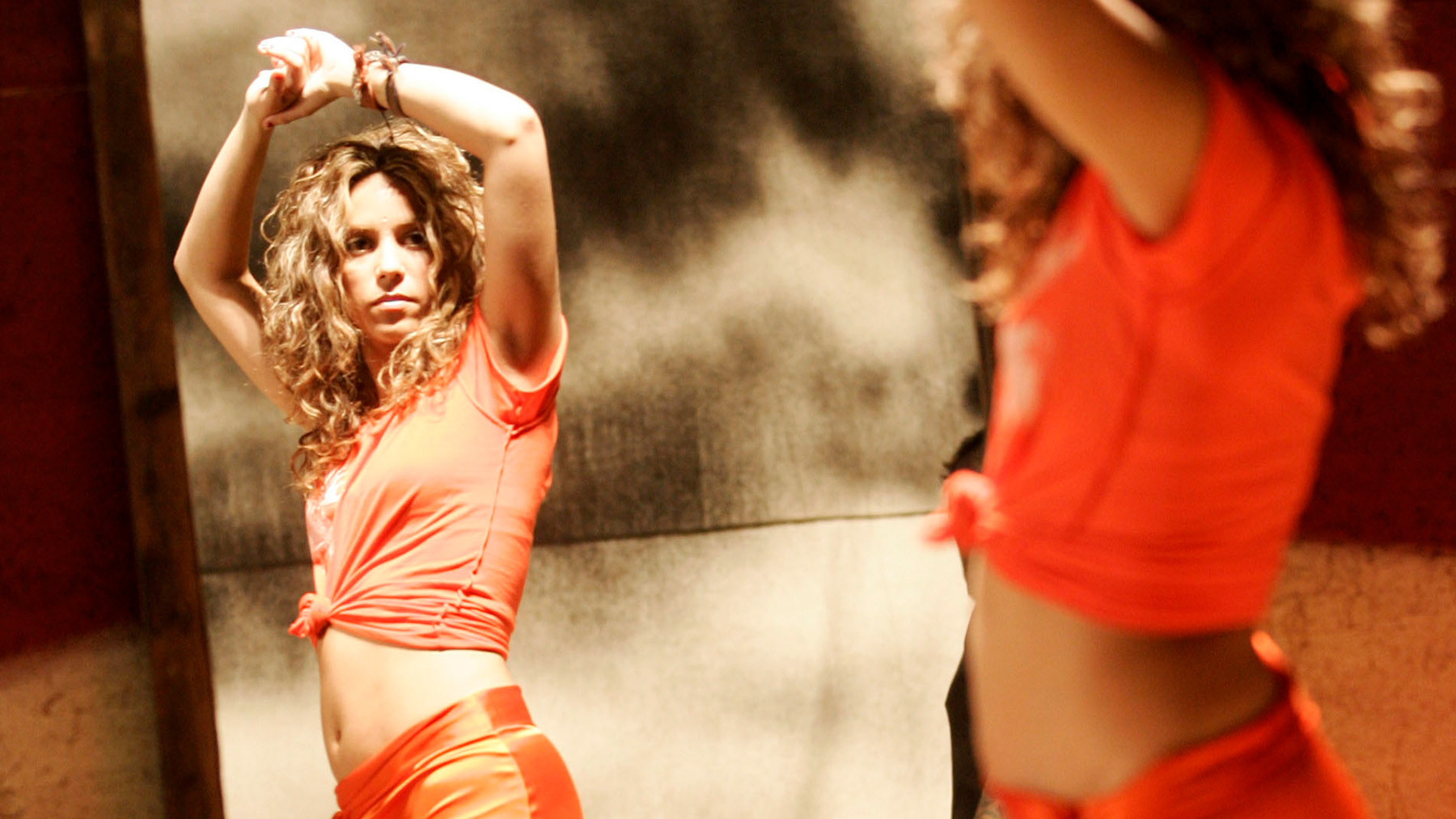 Shakira performing, representing Latin pop's global sound and club remixes.
Shakira performing, representing Latin pop's global sound and club remixes.
Pablo Flores, considered a key figure in Latin pop, worked with Emilio Estefan and major Latin artists. When introduced to Shakira, he and Javier Garza helped create “Ojos Asi,” a song blending her Lebanese roots and global Latin sound. Flores’ extended “Thunder Mix” further enhanced its global appeal. With masterful production, the remix made “Ojos Asi” a dance floor hit worldwide. It exemplified the boundary-pushing potential of Latin music and its growing influence in global club culture. —J.L.
Squarepusher, ‘My Red Hot Car’ (2001)
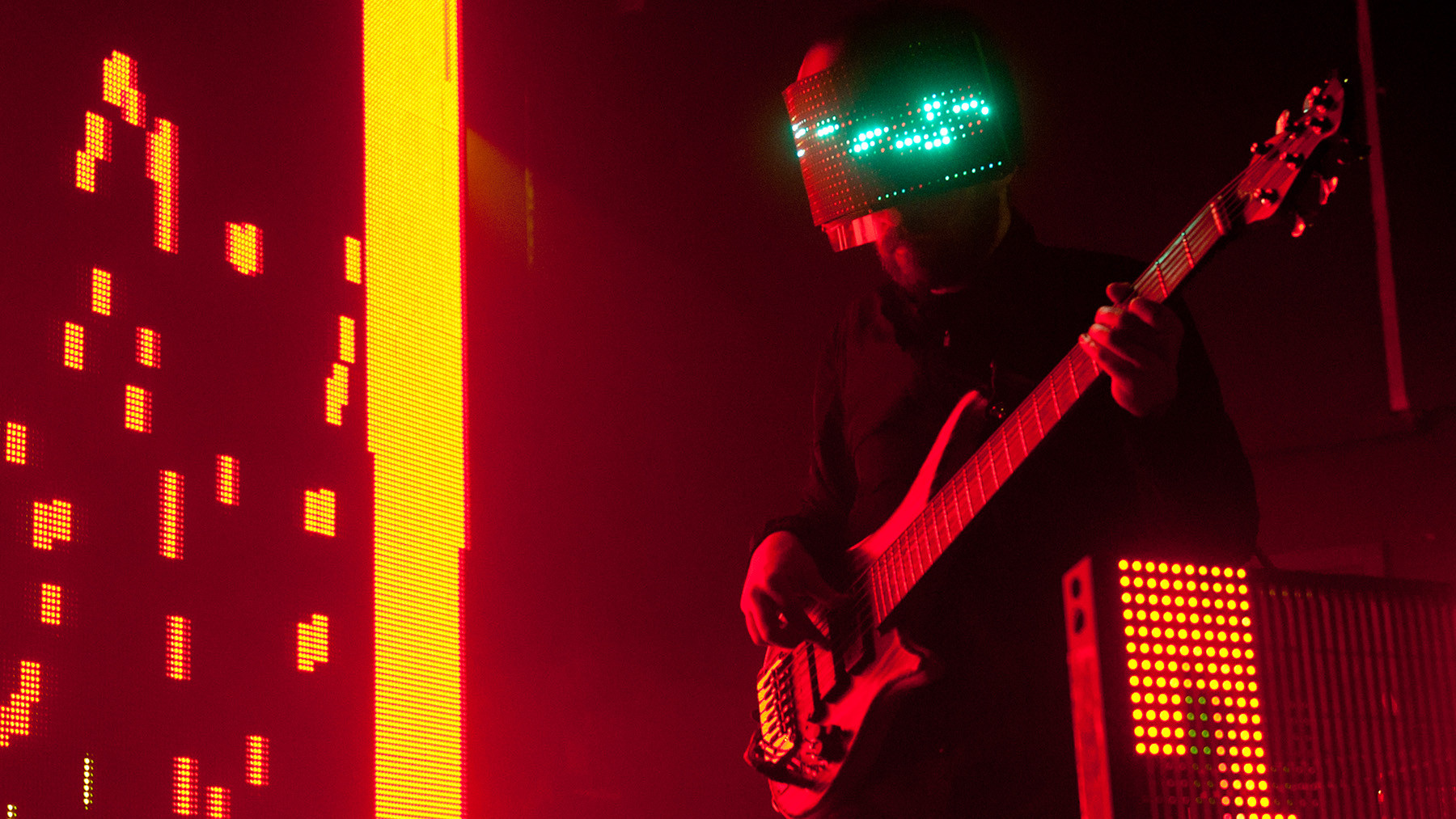 Squarepusher performing live, representing experimental drum and bass and its appeal to adventurous club DJs.
Squarepusher performing live, representing experimental drum and bass and its appeal to adventurous club DJs.
Tom Jenkinson, as Squarepusher, twisted drum and bass into complex, often undanceable forms in the mid-90s. Later, he aimed for more spontaneity. “My Red Hot Car,” with its cut-up vocals and glitchy production, isn’t purely abstract. It alternates experimental elements with groove, featuring Jenkinson’s dynamic bassline. Despite its complexity, “My Red Hot Car” became catnip for adventurous DJs, showcasing Squarepusher’s ability to blend experimentation with club-ready rhythms. —M.M.
Moloko, ‘Sing It Back (Boris Musical Mix)’ (1997)
Moloko’s “Sing It Back,” featuring Róisín Murphy’s distinctive vocals, was initially a moody, downtempo track that underperformed. Belgian house producer Boris Dlugosch’s remix transformed it into a crisp house track, using a Chic-inspired groove. This remix, with its rhythm guitar and bassline, reached the UK Top Five and launched Murphy’s successful, often dance-oriented solo career. The Boris Musical Mix demonstrated the transformative power of remixes in turning a song into a club hit and shaping an artist’s trajectory. —M.M.
The Human League, ‘Don’t You Want Me’ (1981)
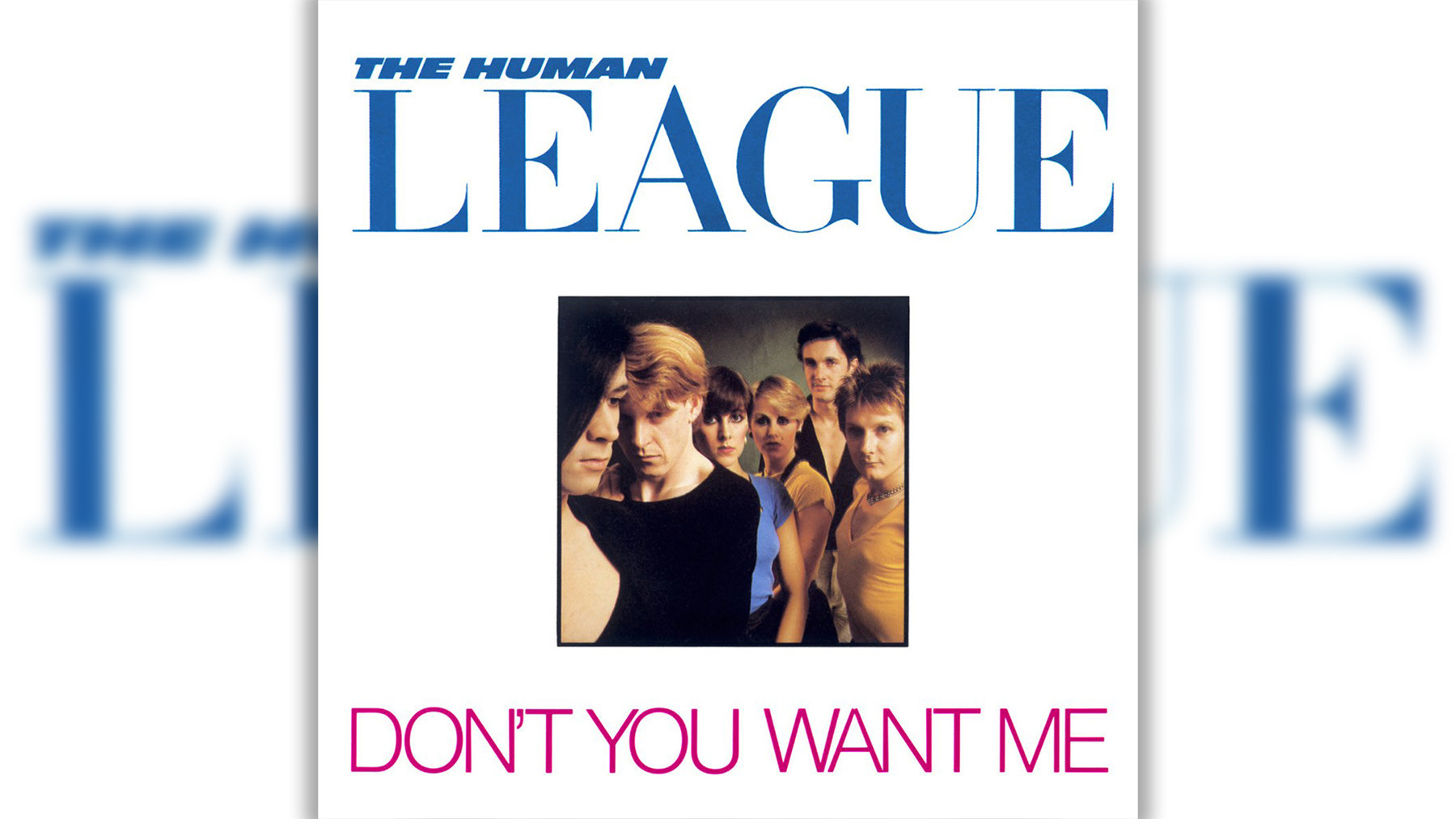 The Human League performing, representing synth-pop's crossover into mainstream pop and club charts.
The Human League performing, representing synth-pop's crossover into mainstream pop and club charts.
Human League keyboardist Jo Callis described the lyrical concept of “Don’t You Want Me” as inspired by A Star Is Born and My Fair Lady—a story of an impresario transforming someone into a star. Despite initial mixed reactions within the group, its he-said-she-said structure and catchy riff proved highly engaging. The song became their first Number One in both the UK and US, and a Top Three hit on the Billboard Dance Club chart. “Don’t You Want Me” was a pivotal moment, merging UK synth-pop, club music, and mainstream Top 40, defining the sound of early 80s pop and club music. —M.M.

